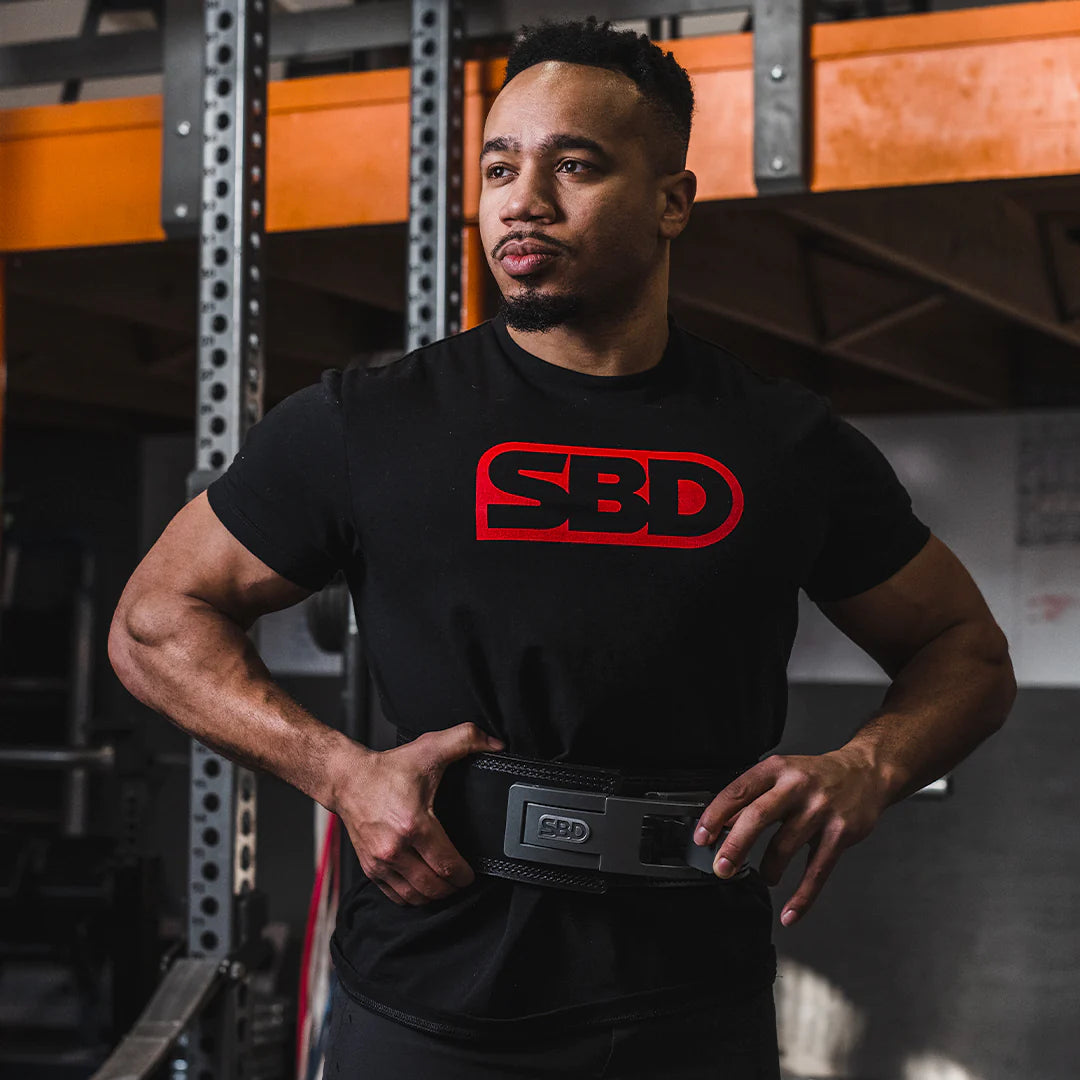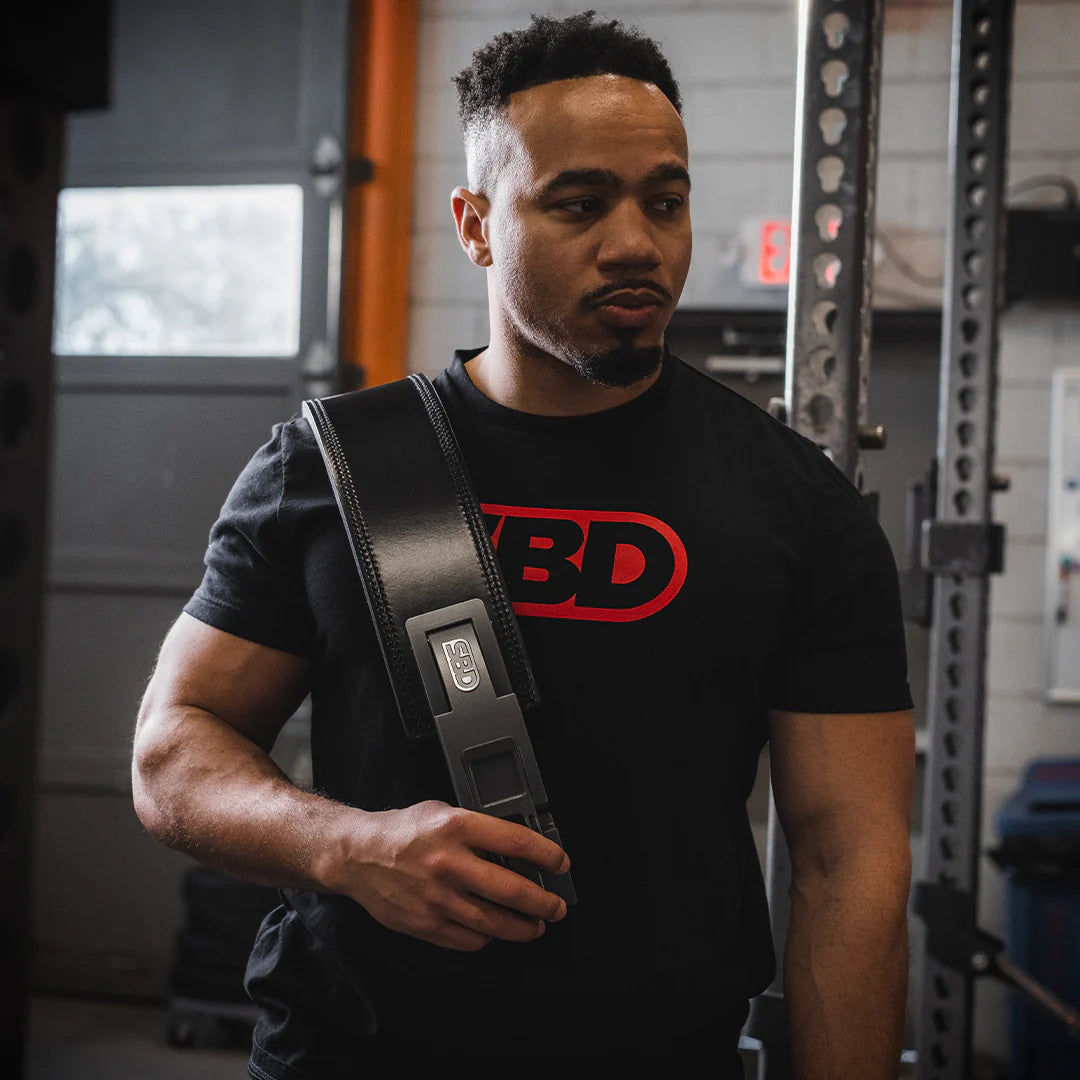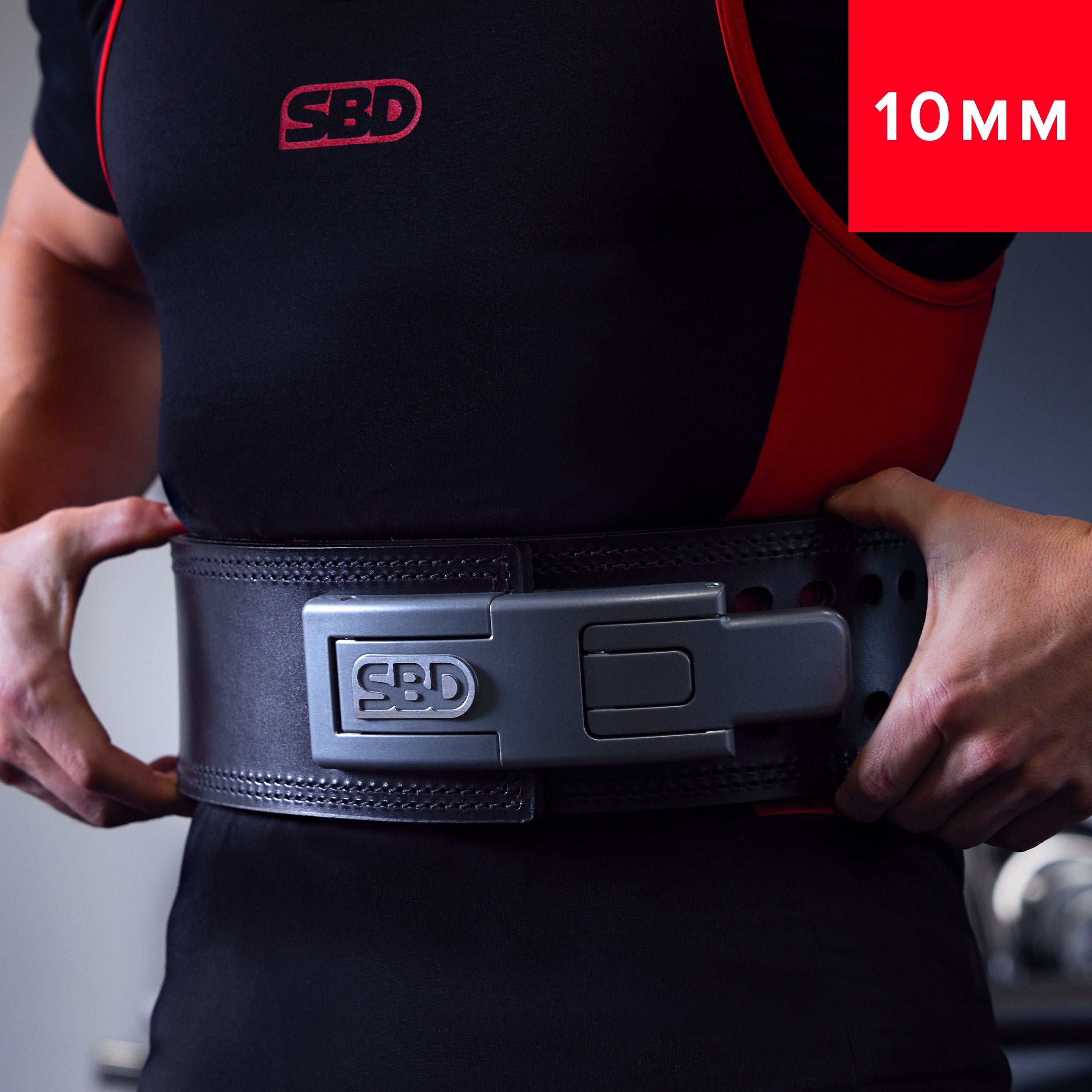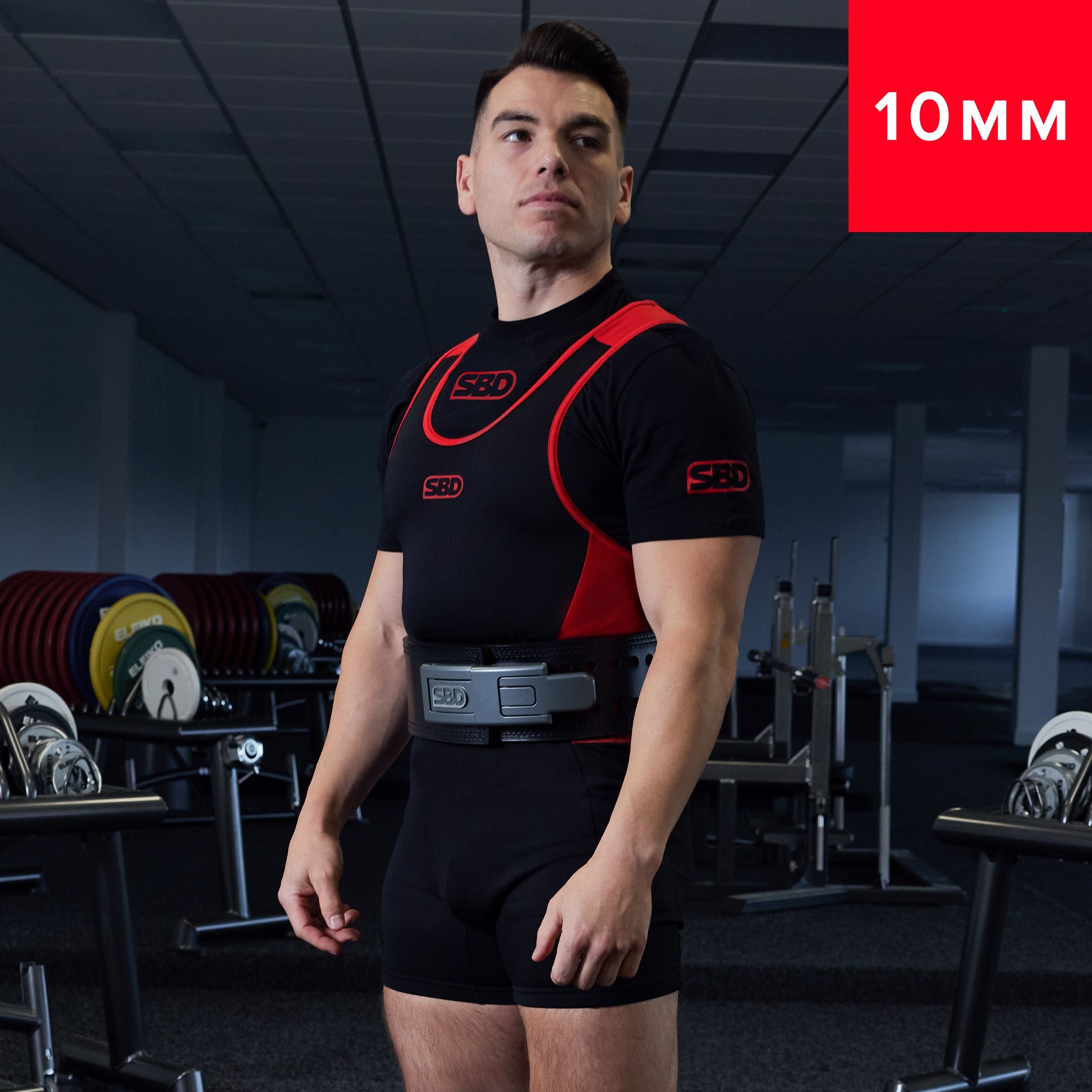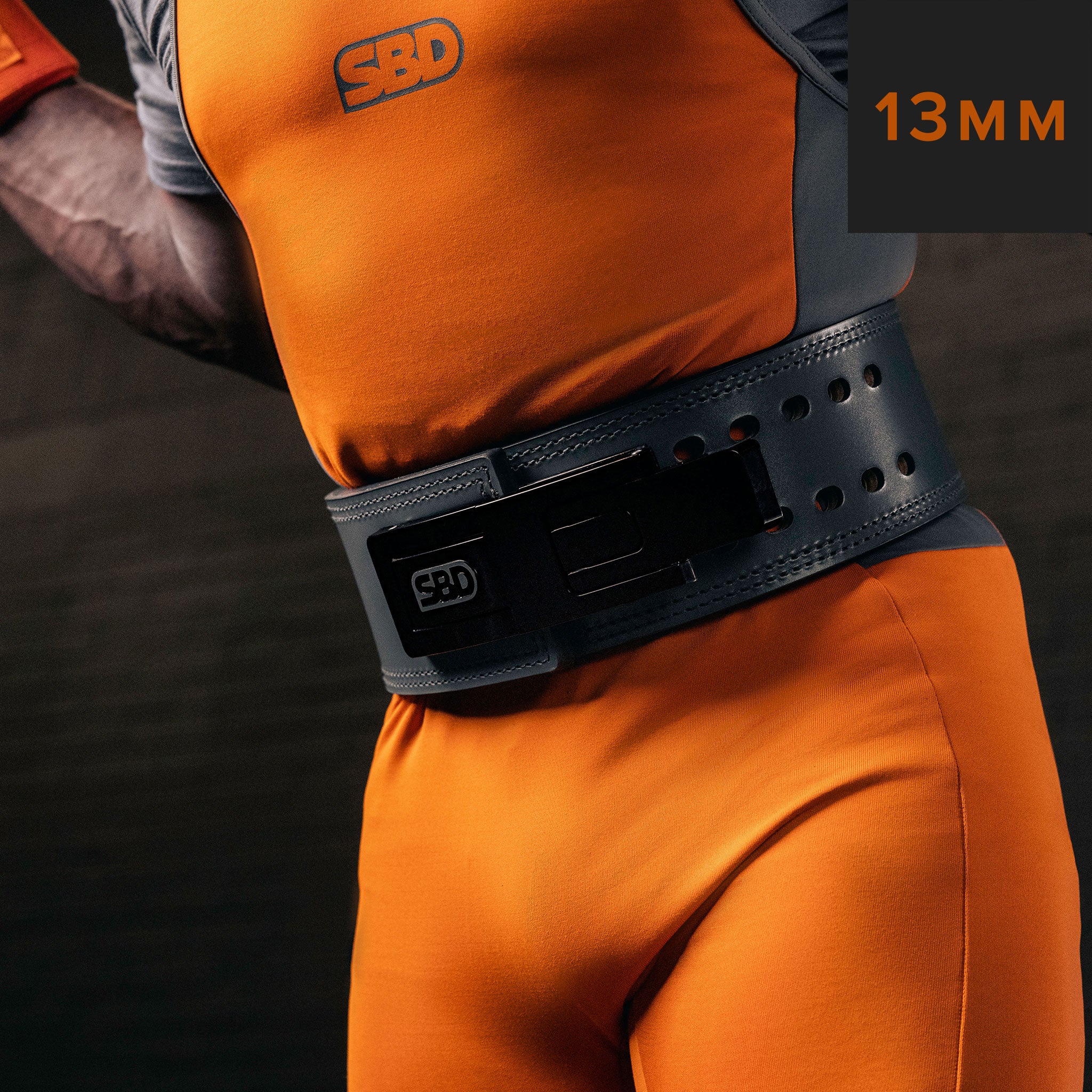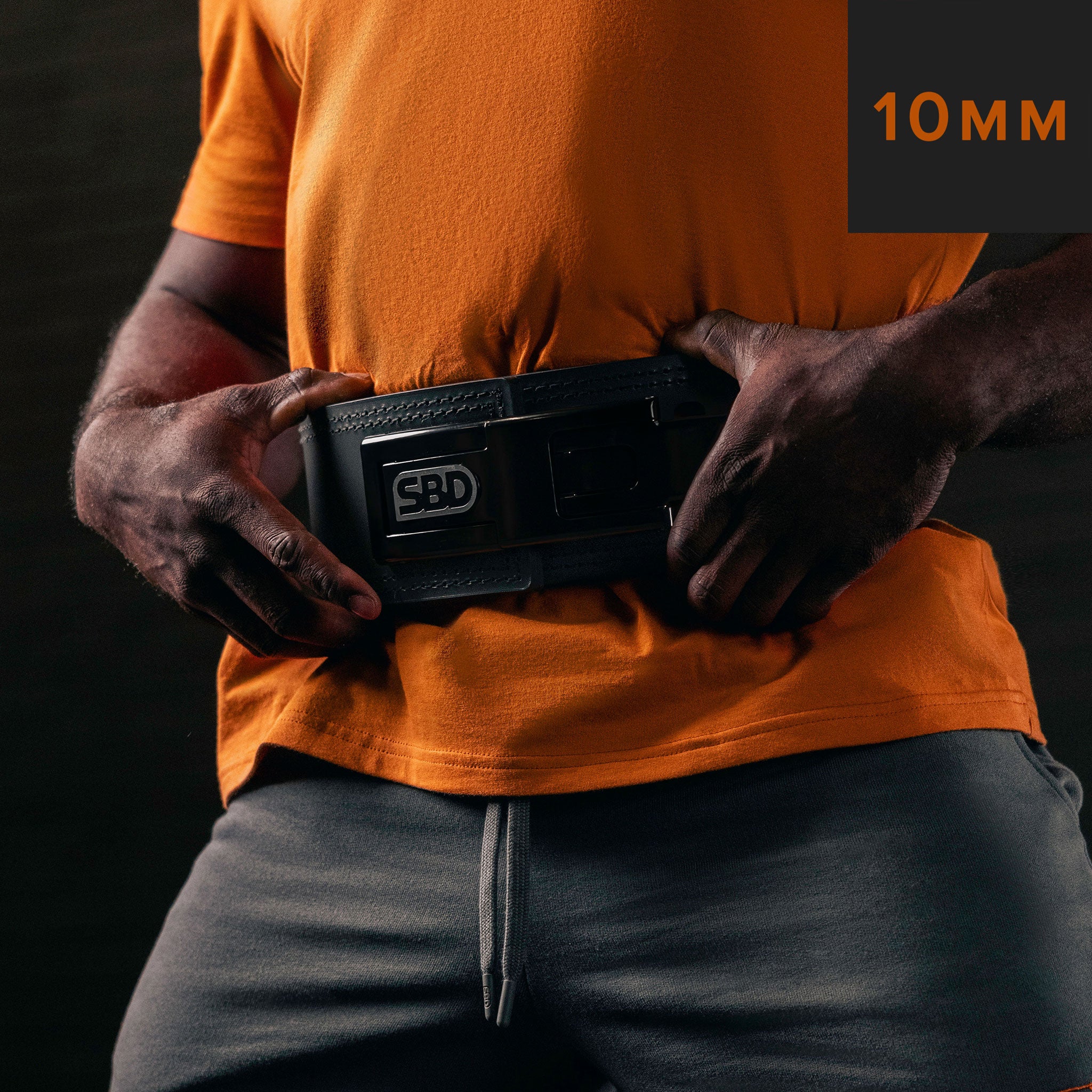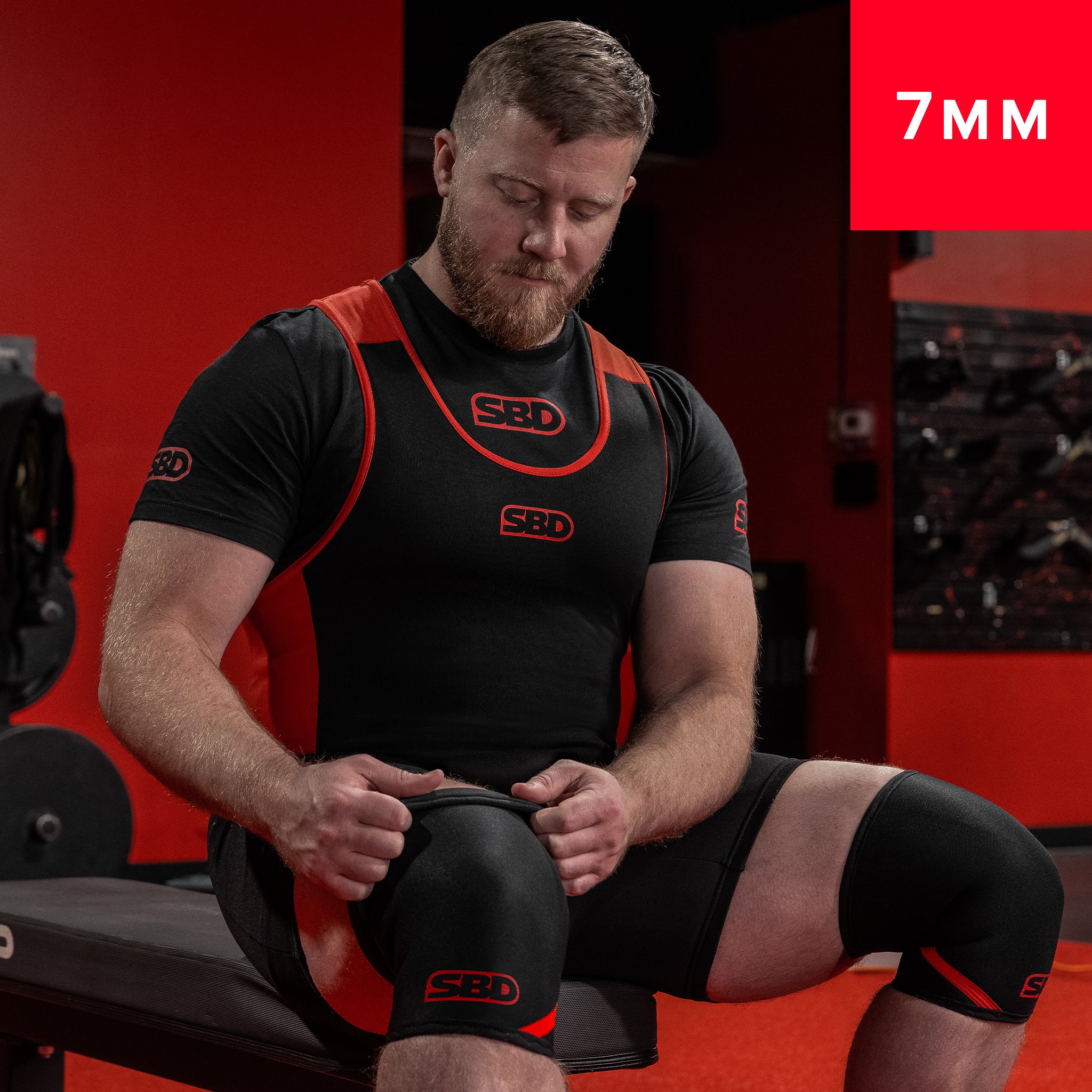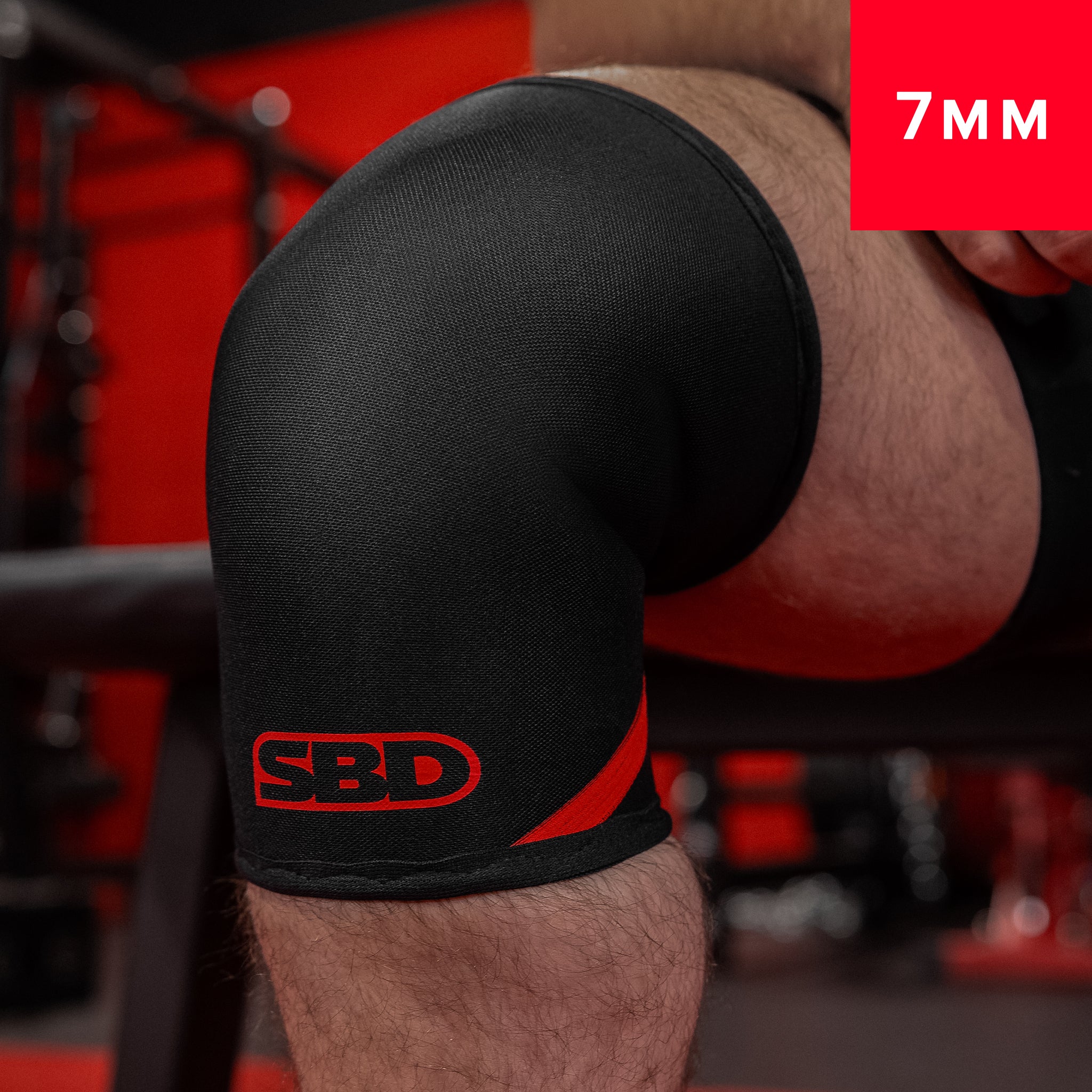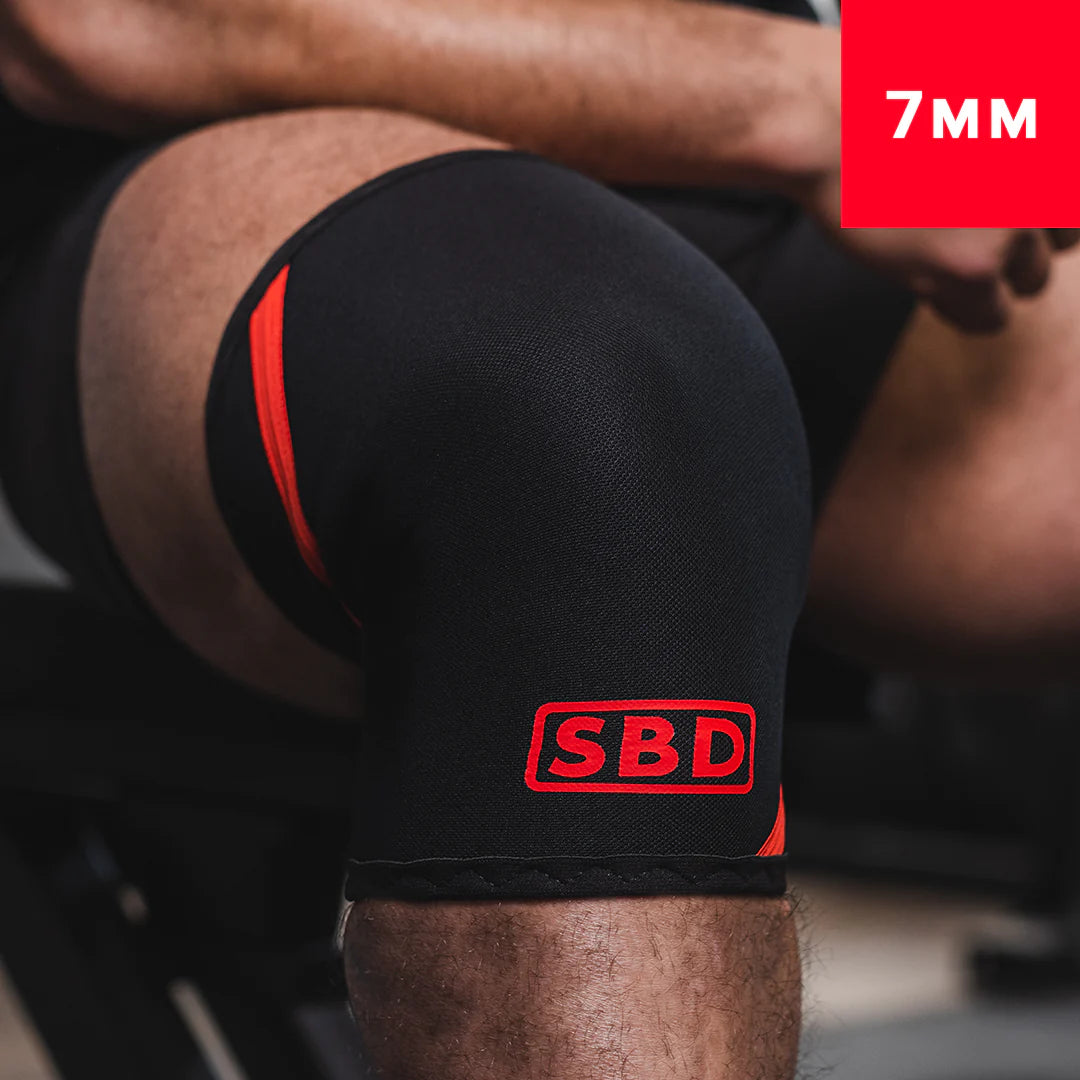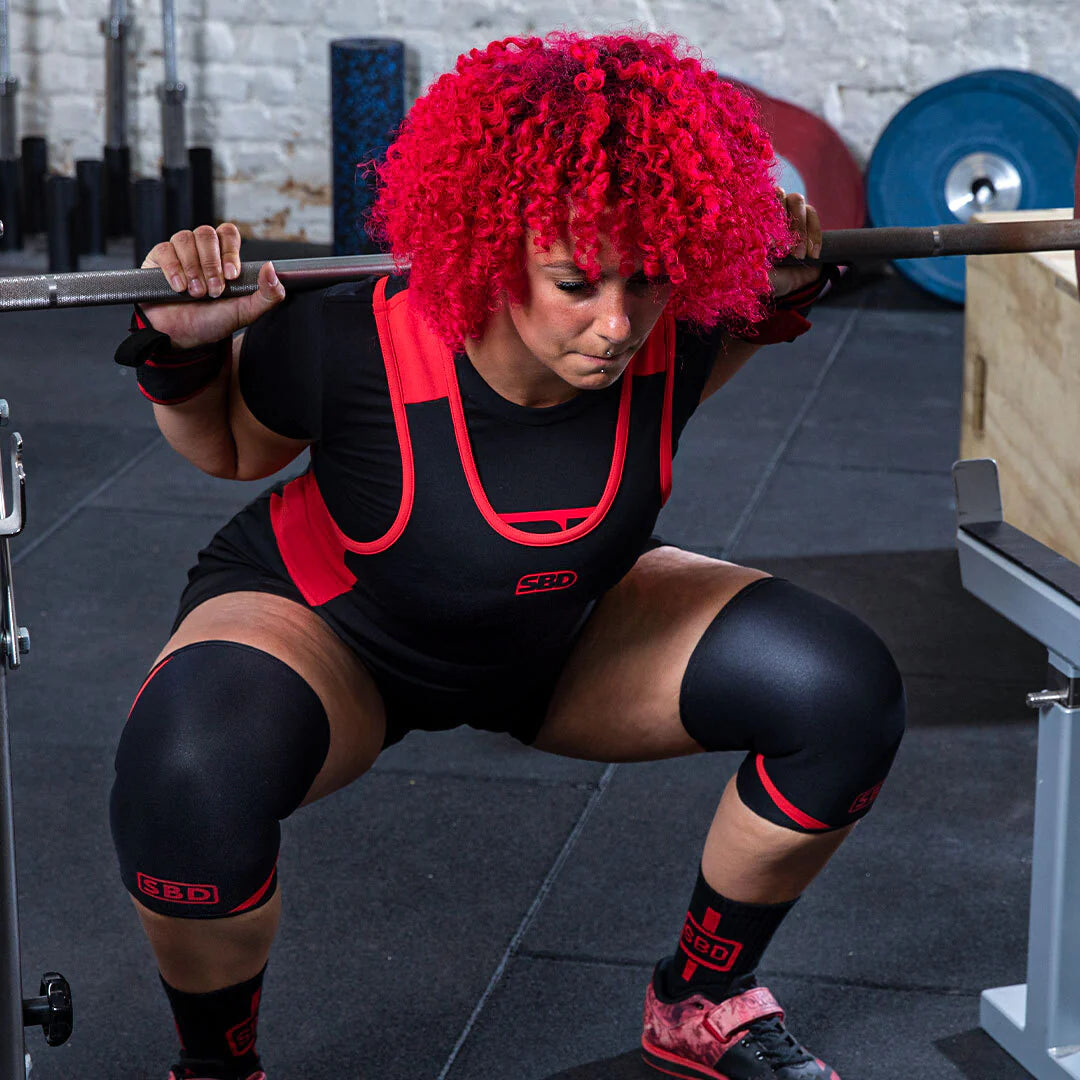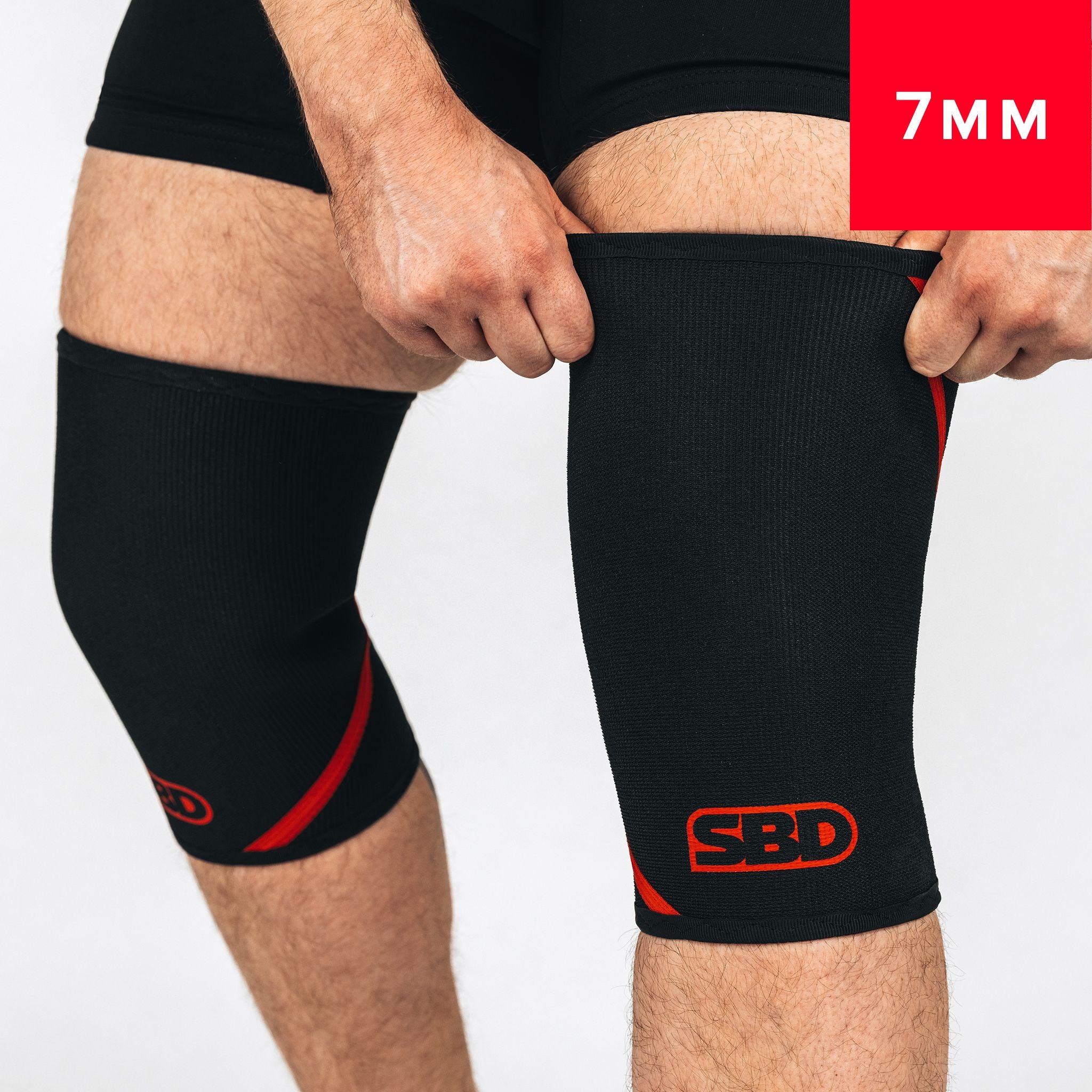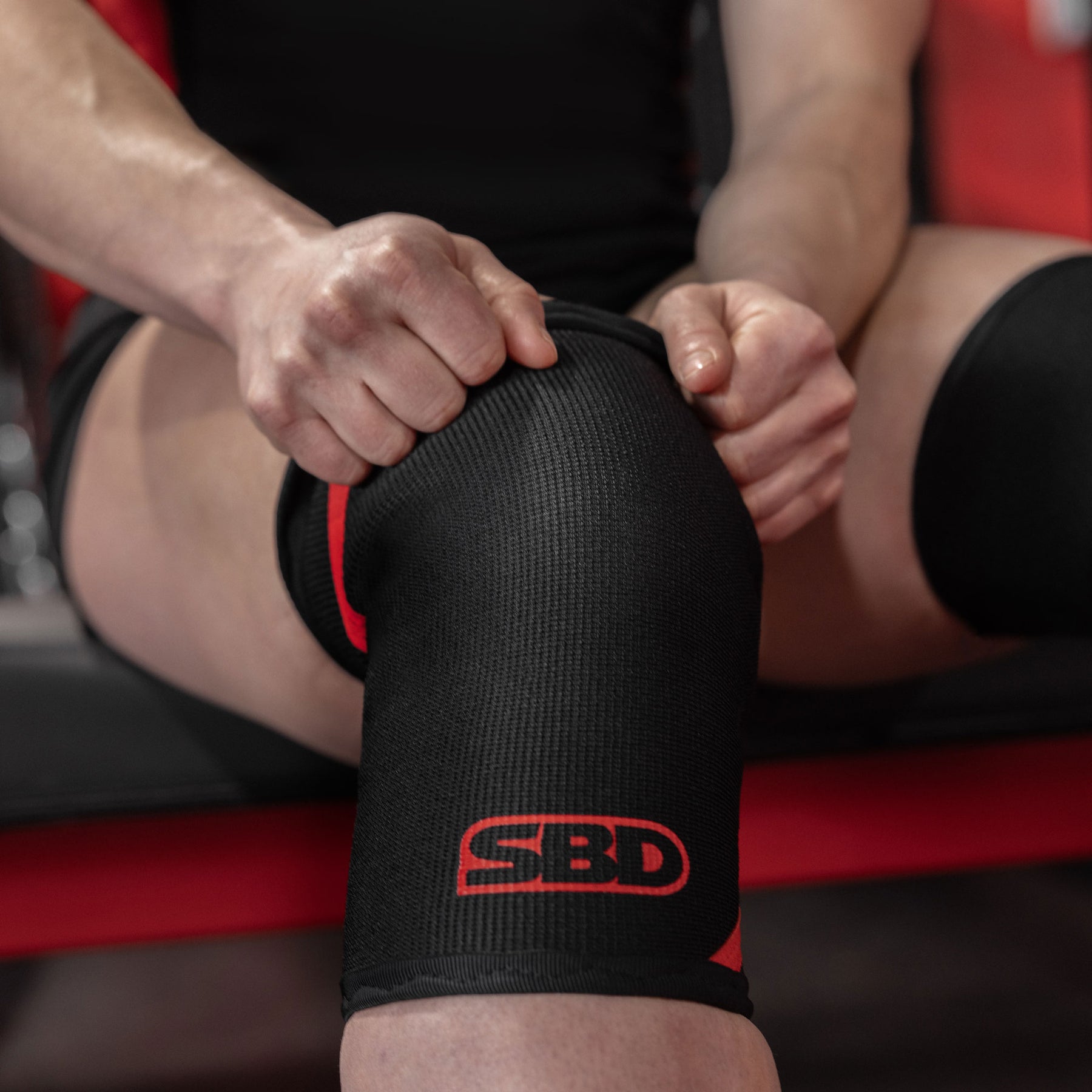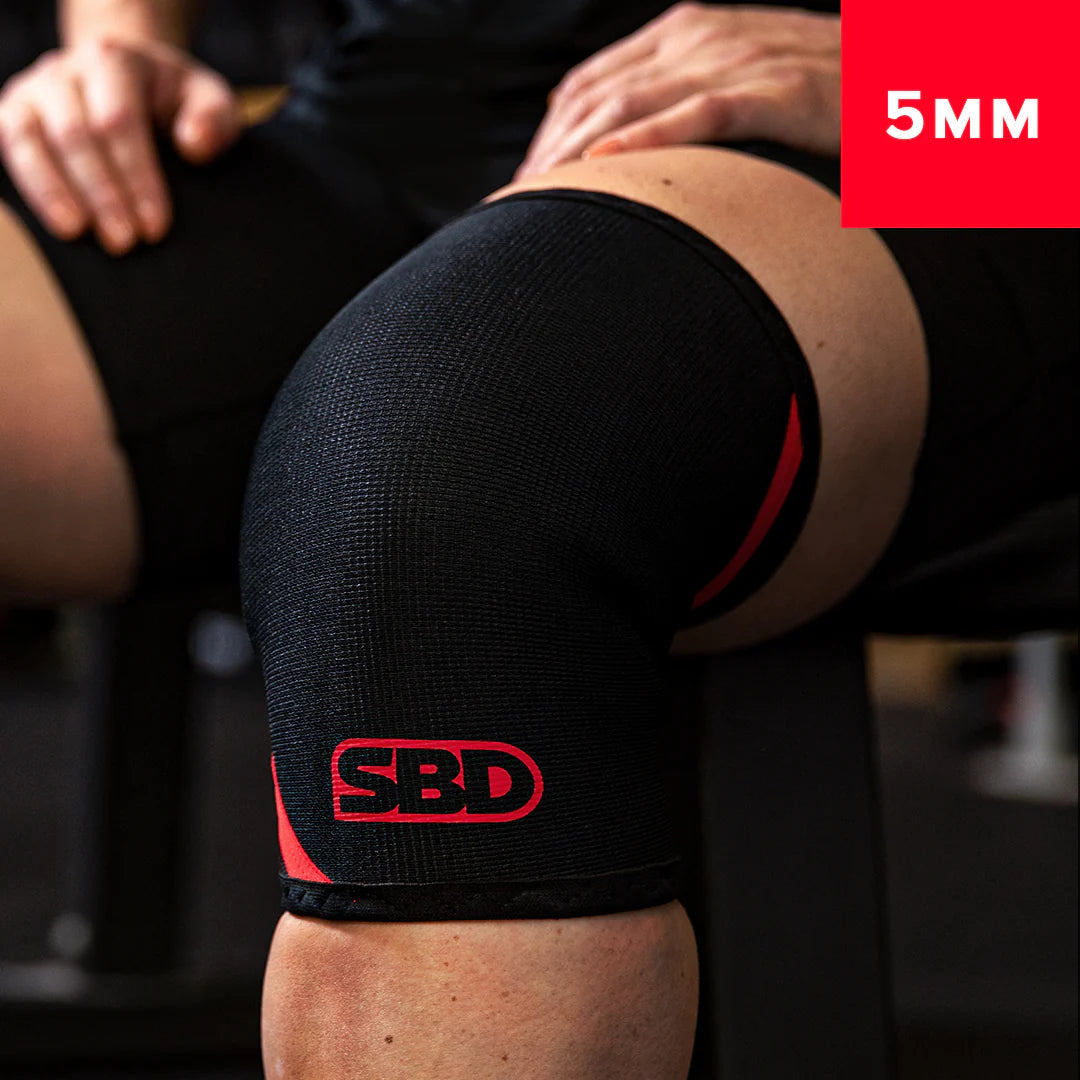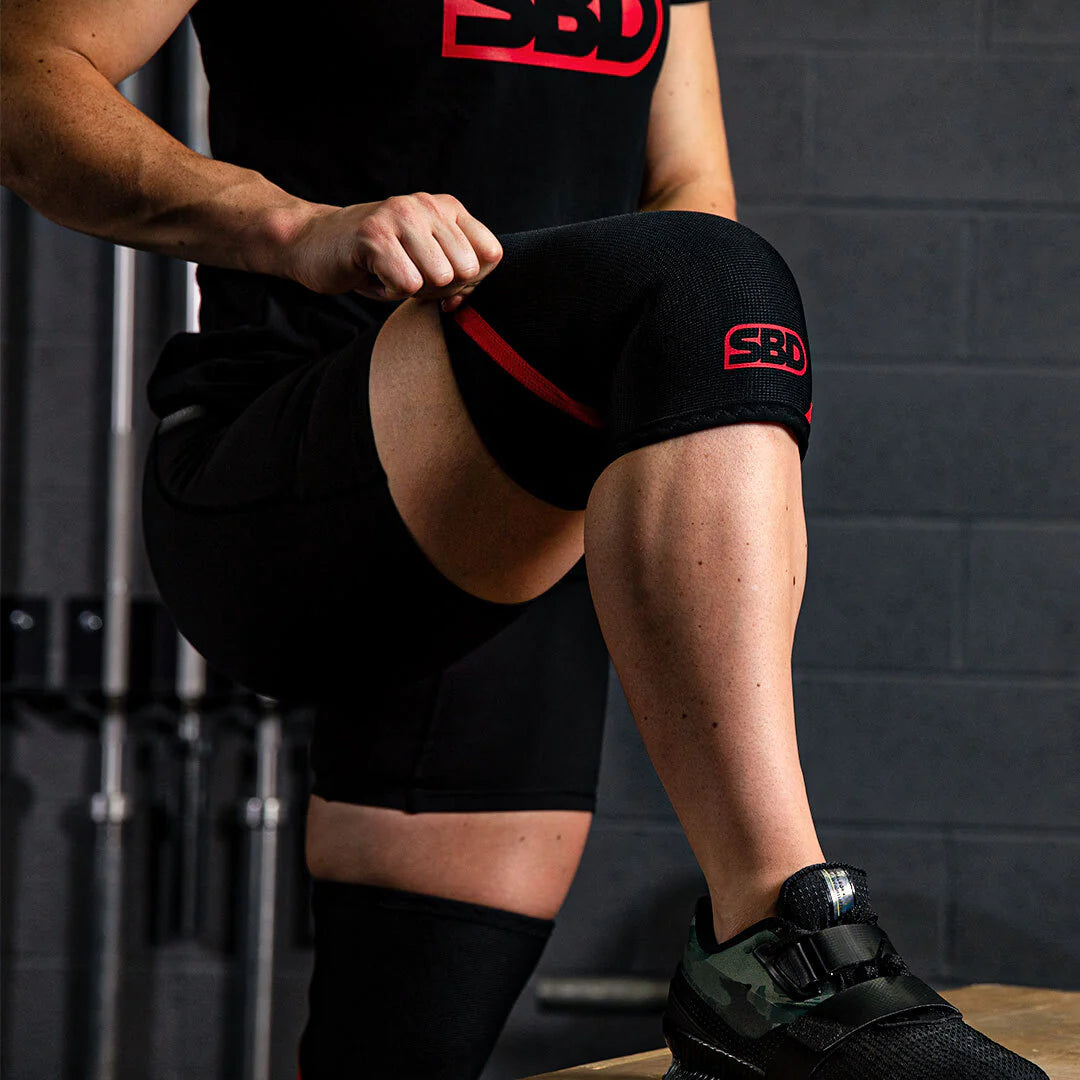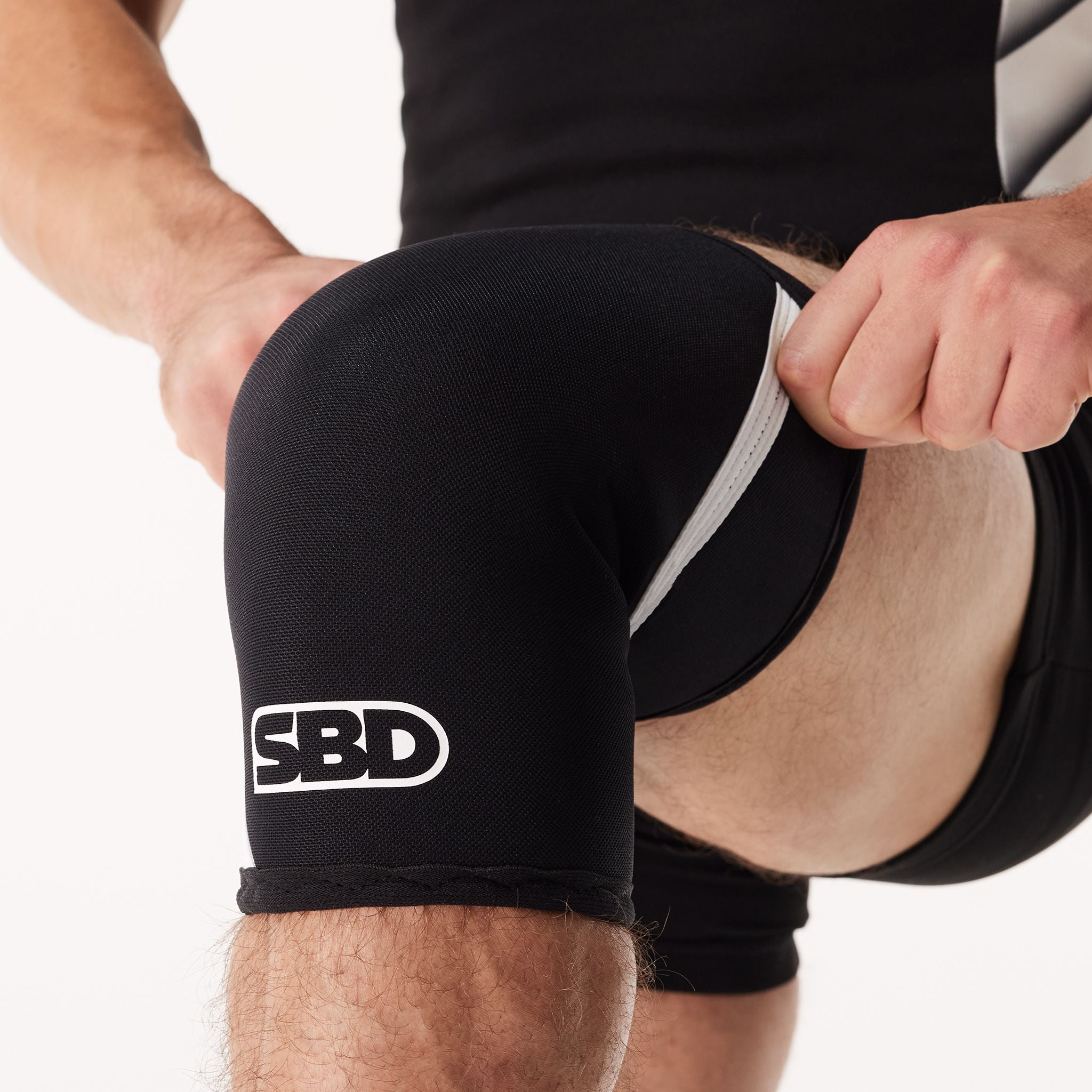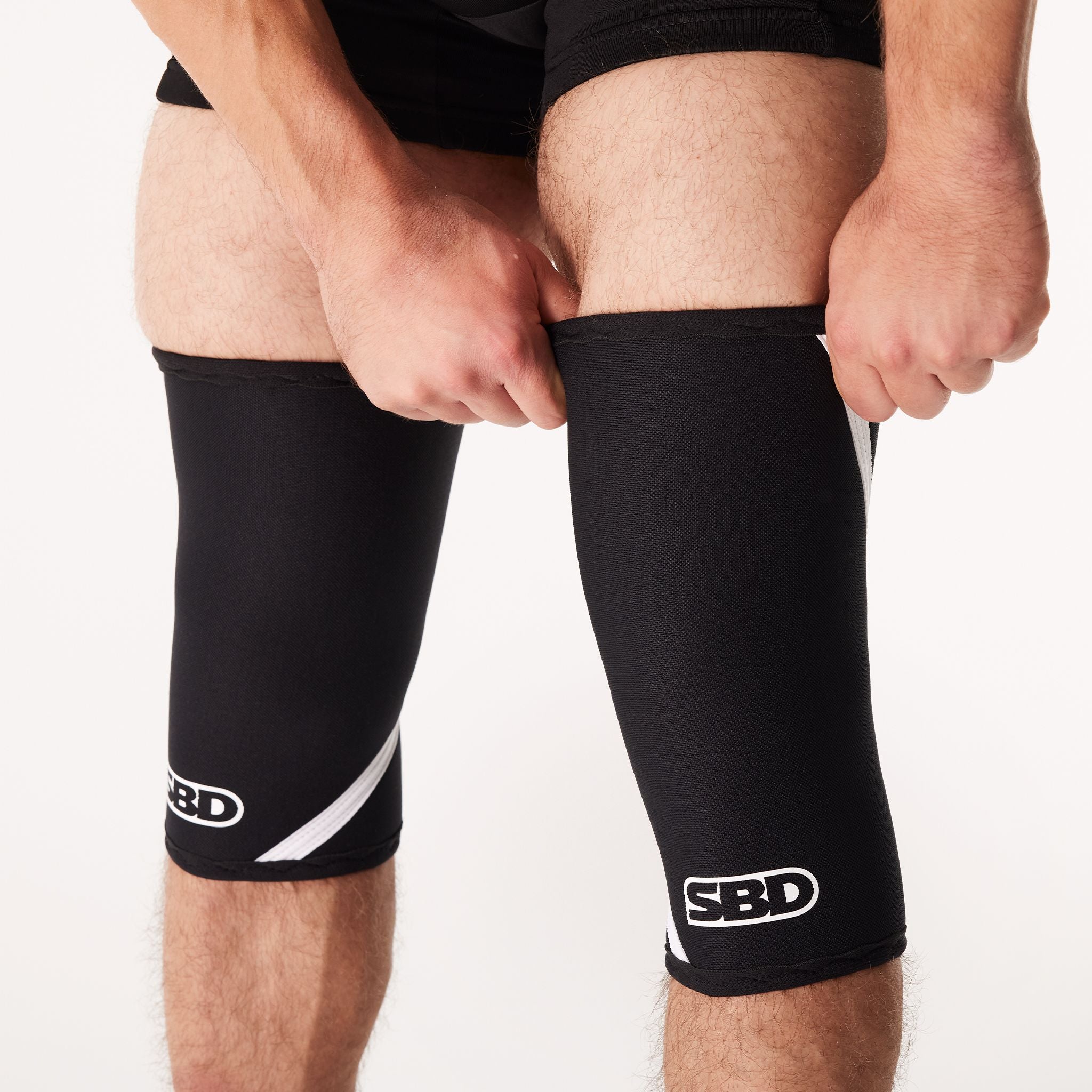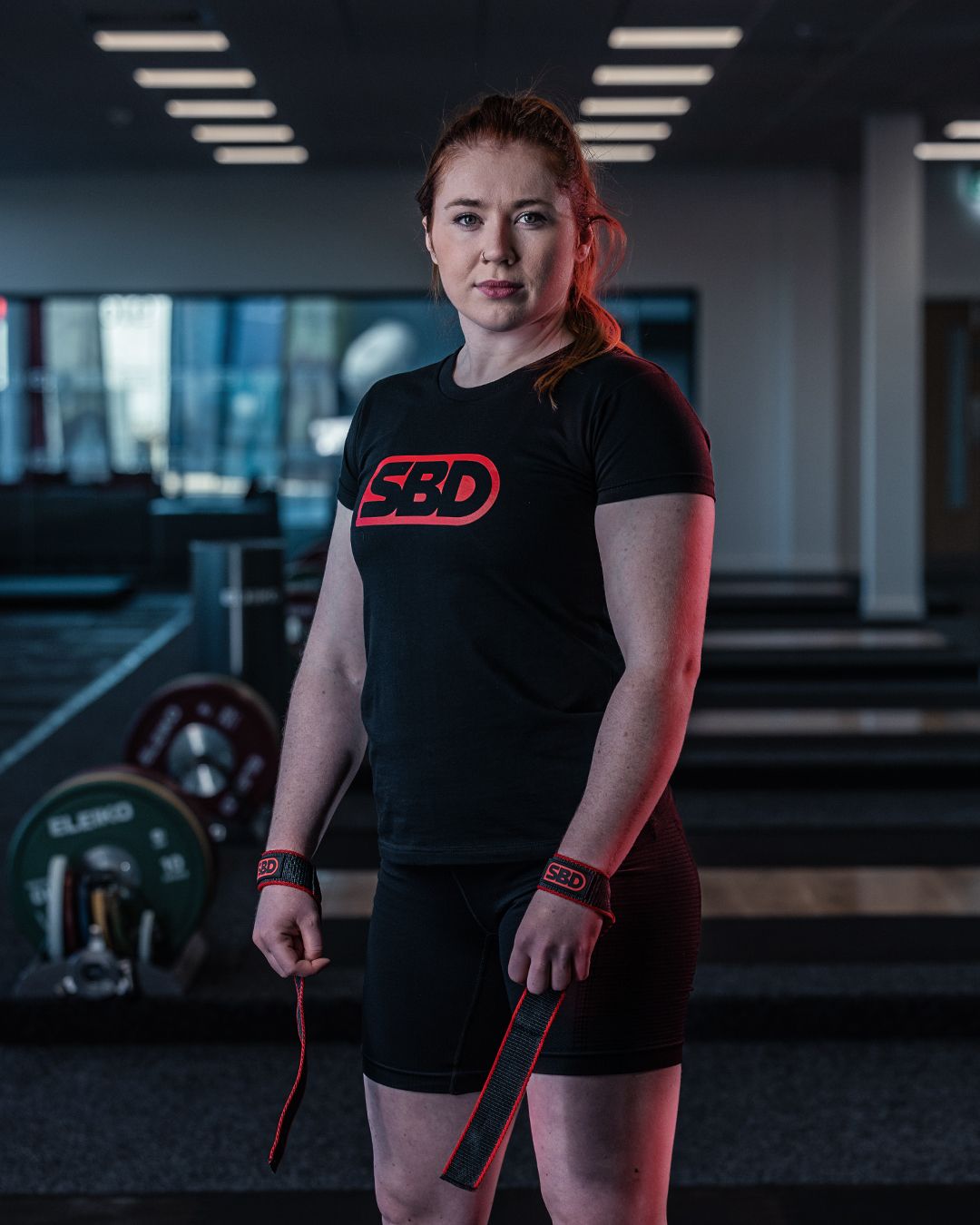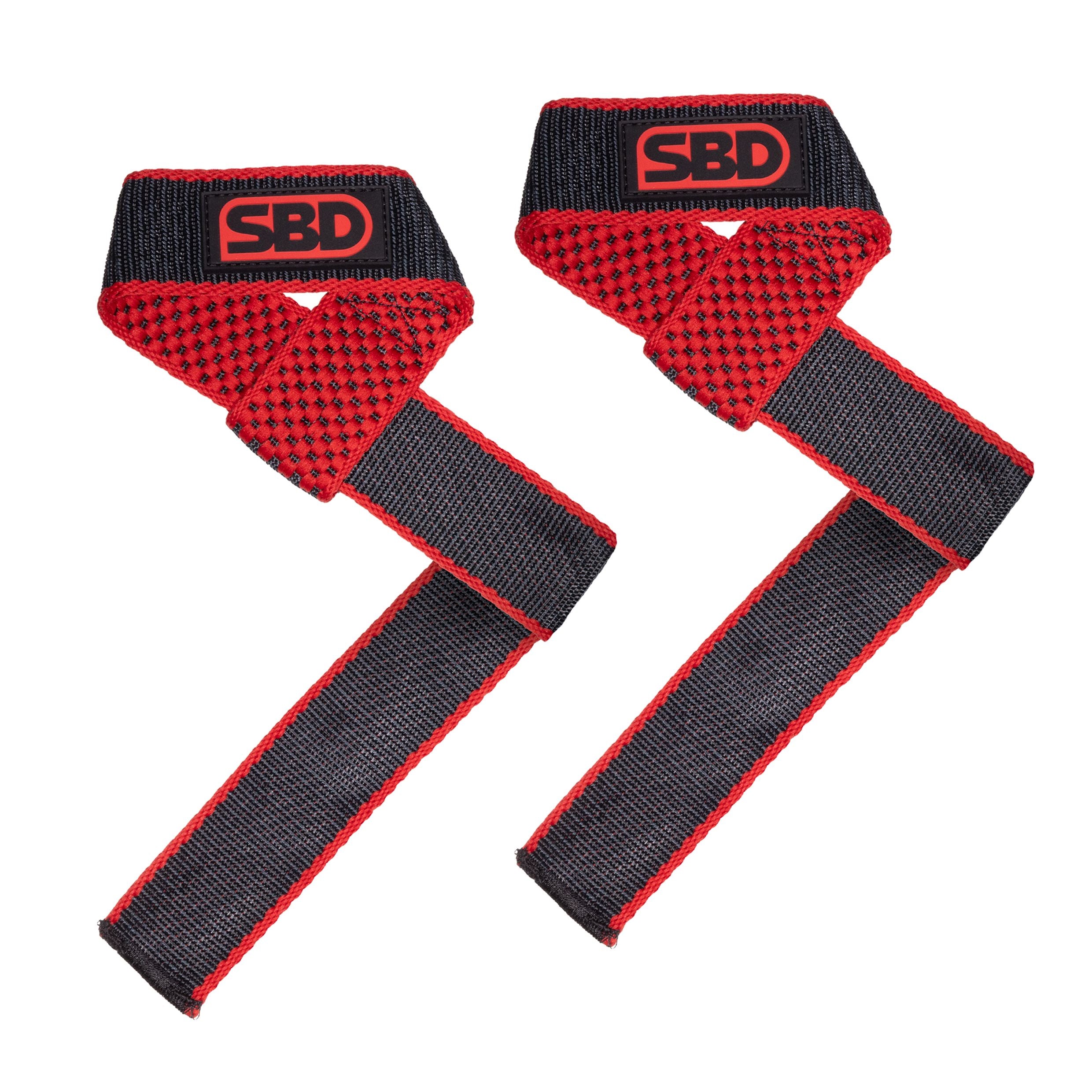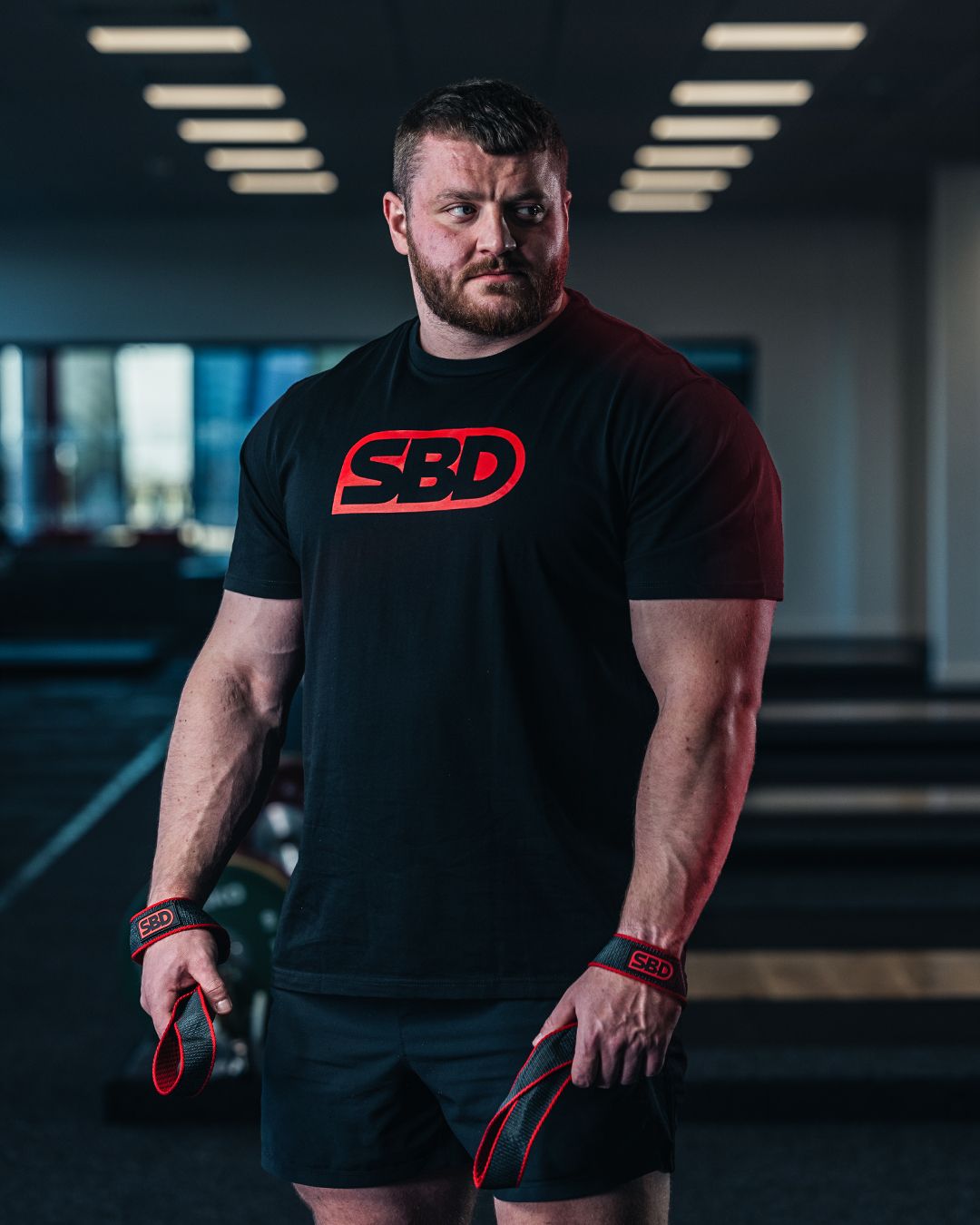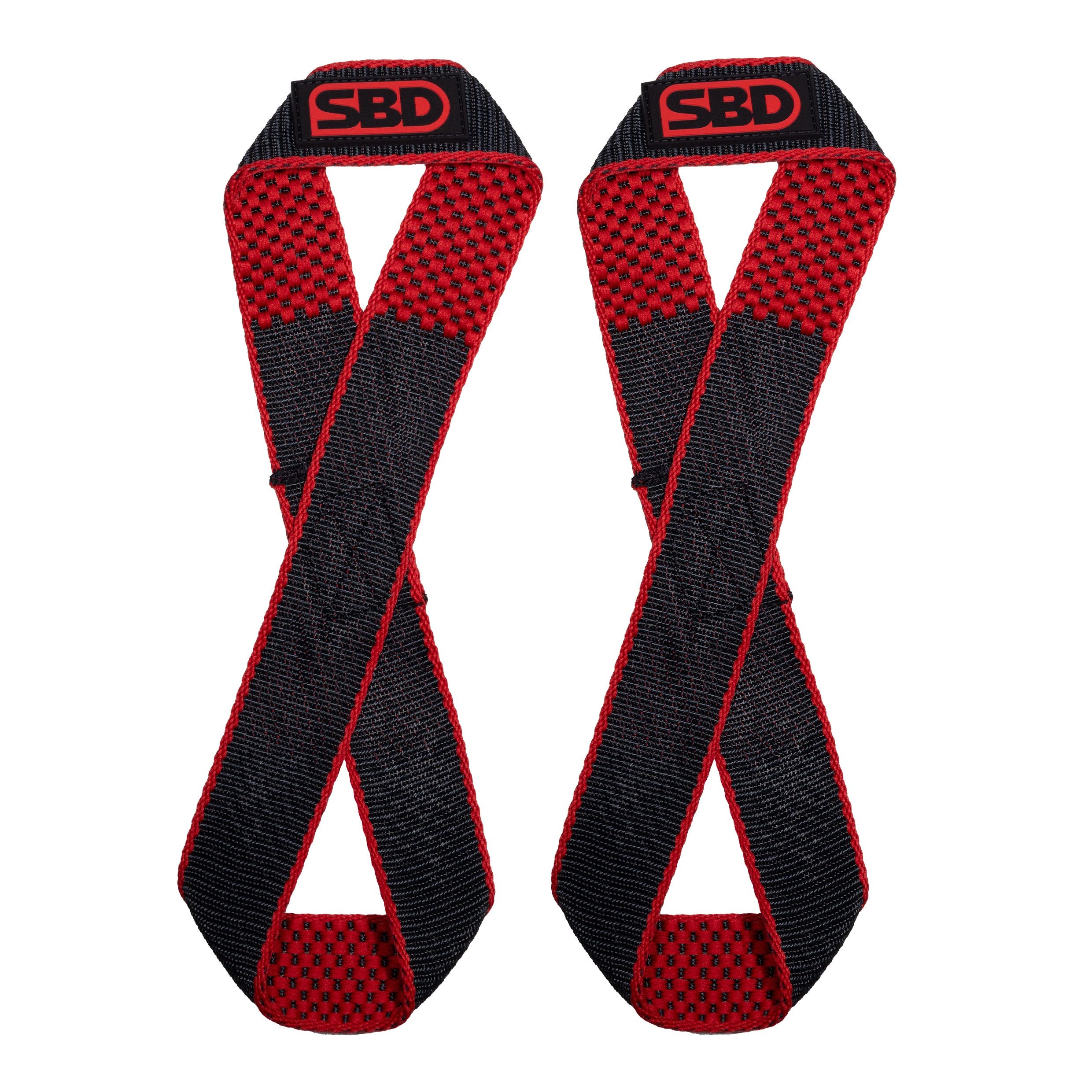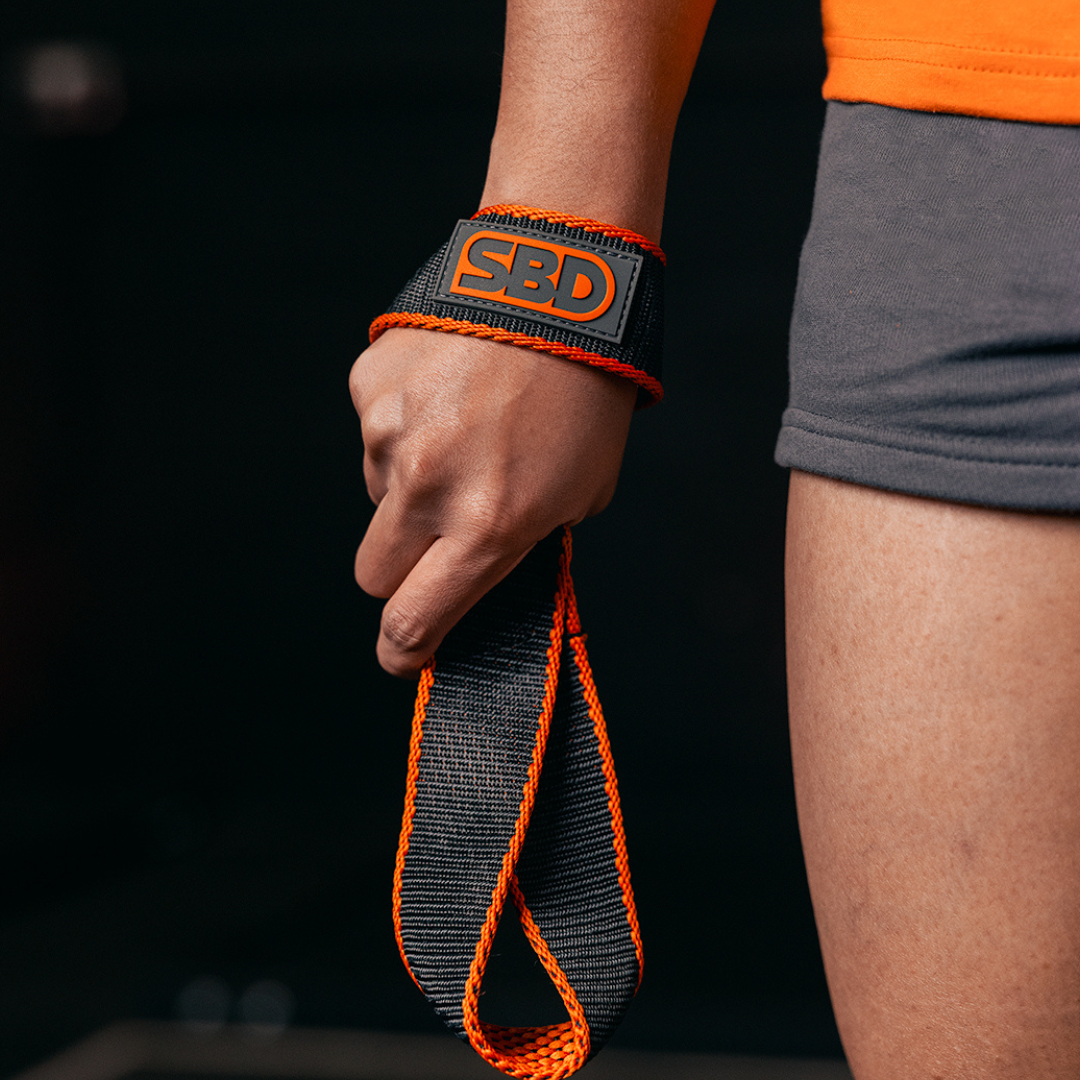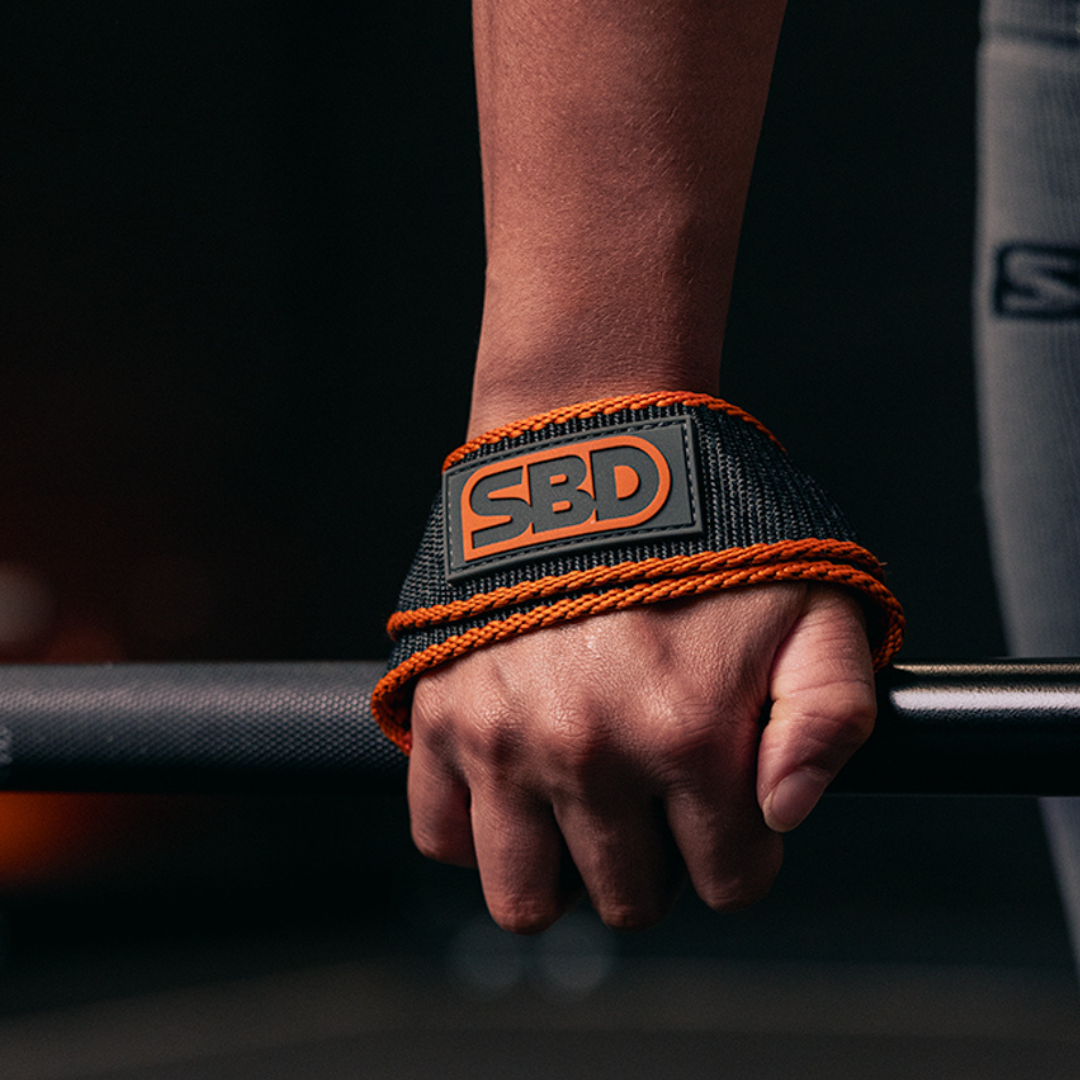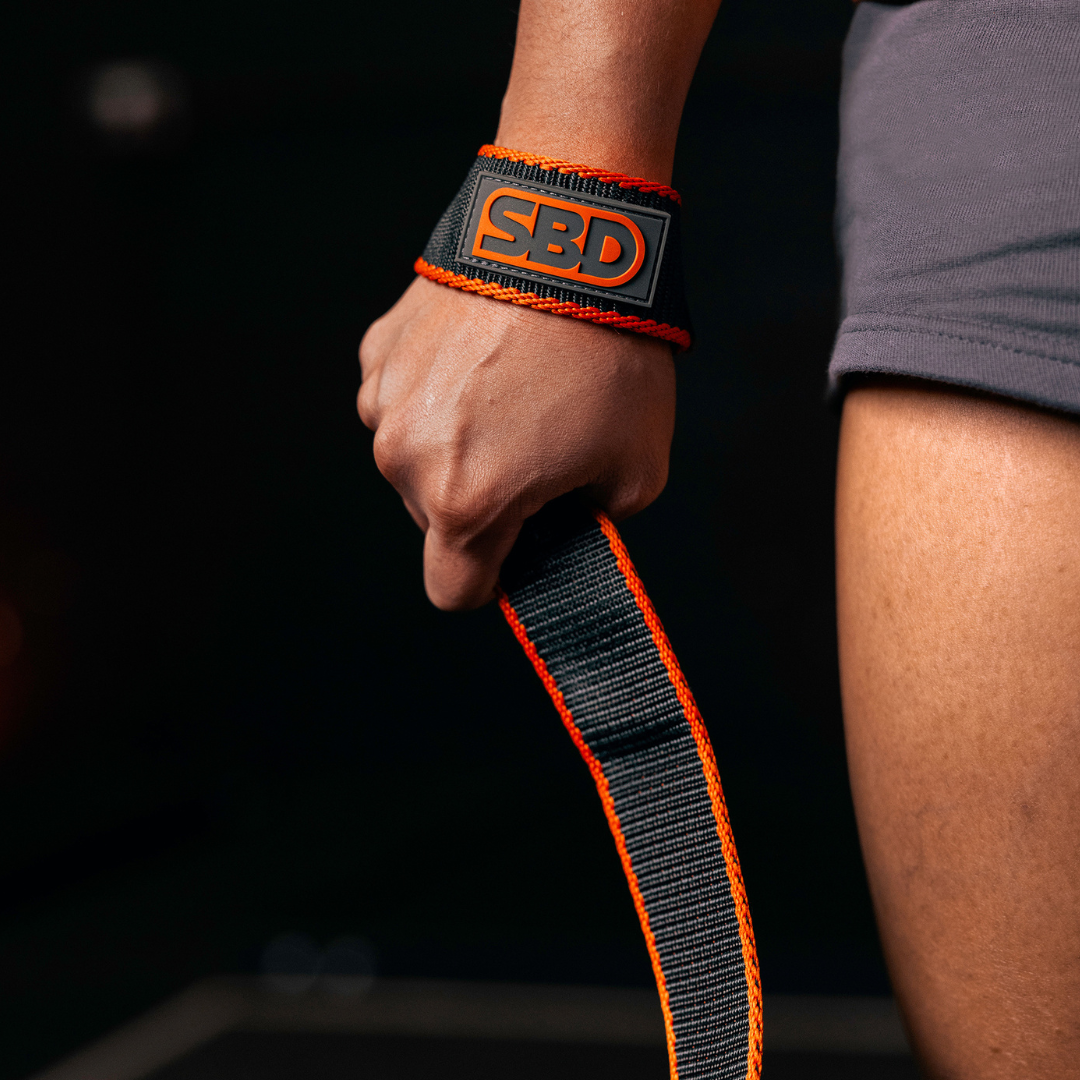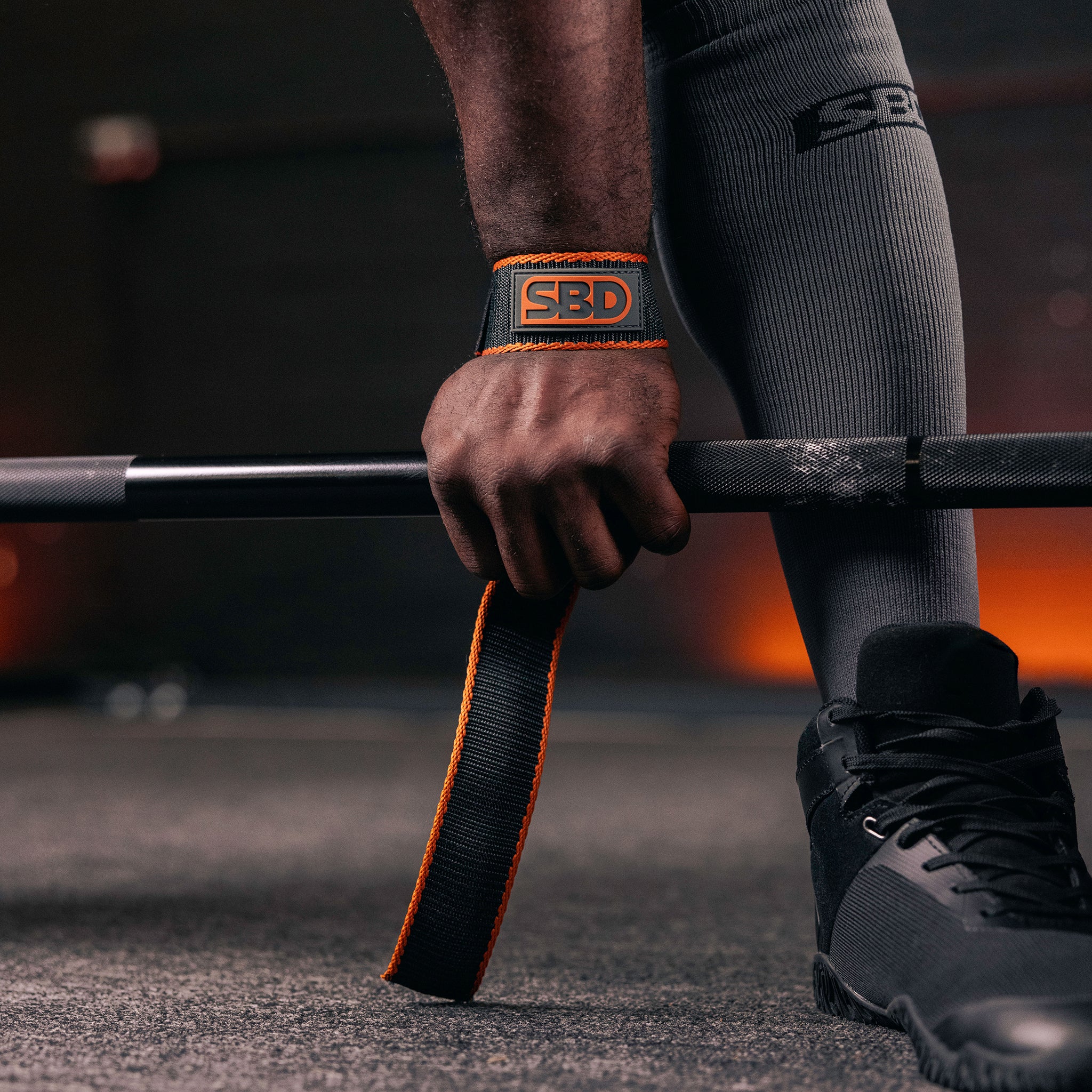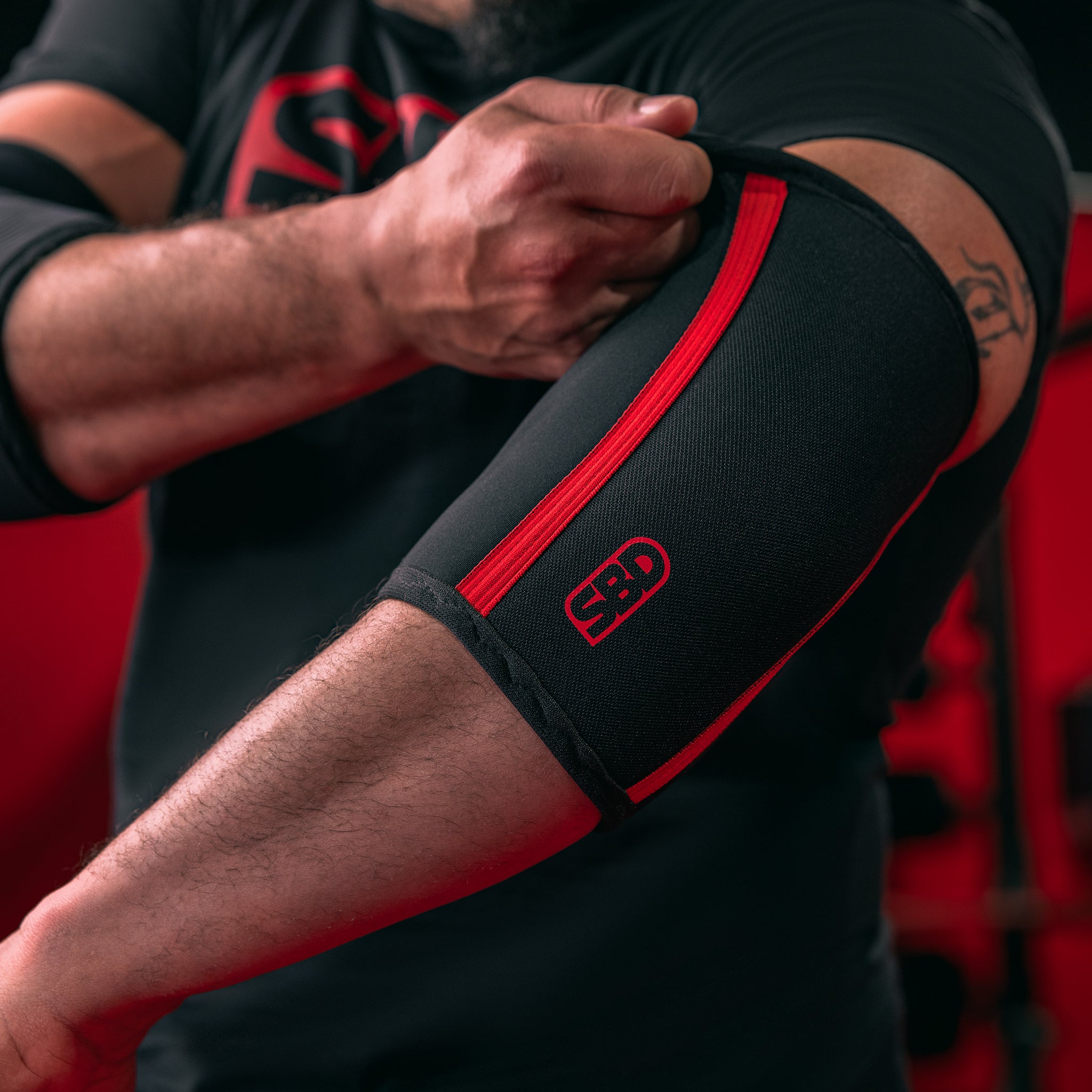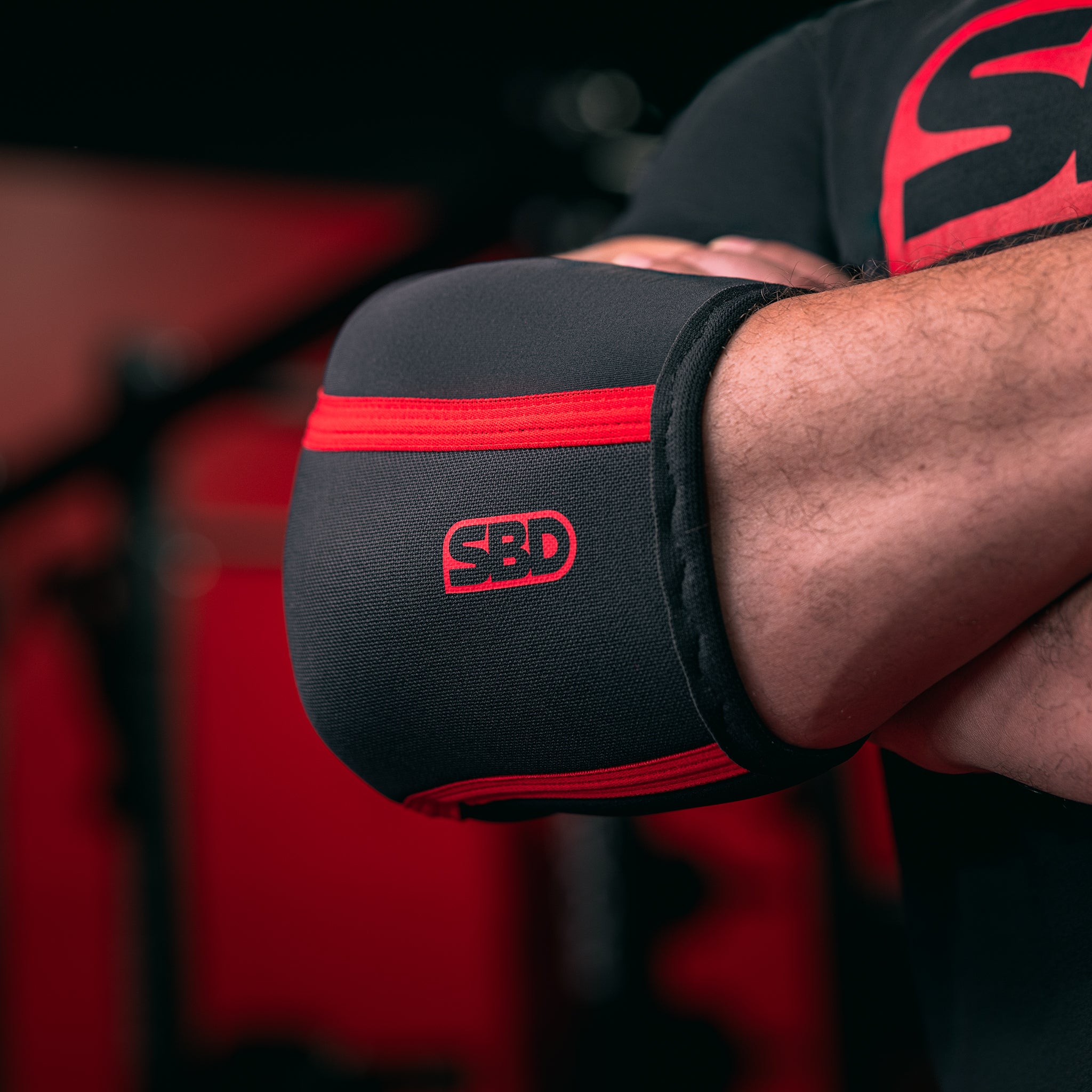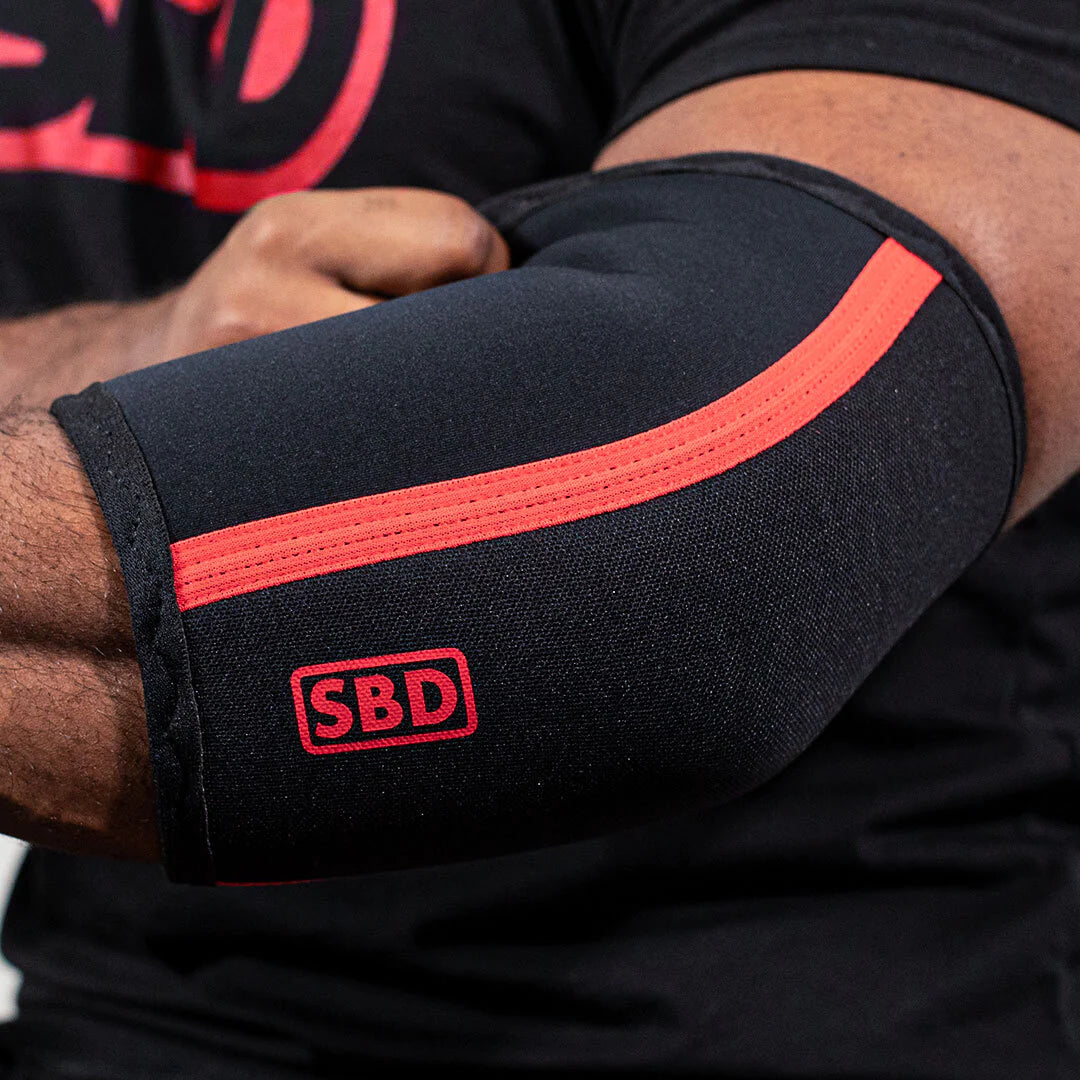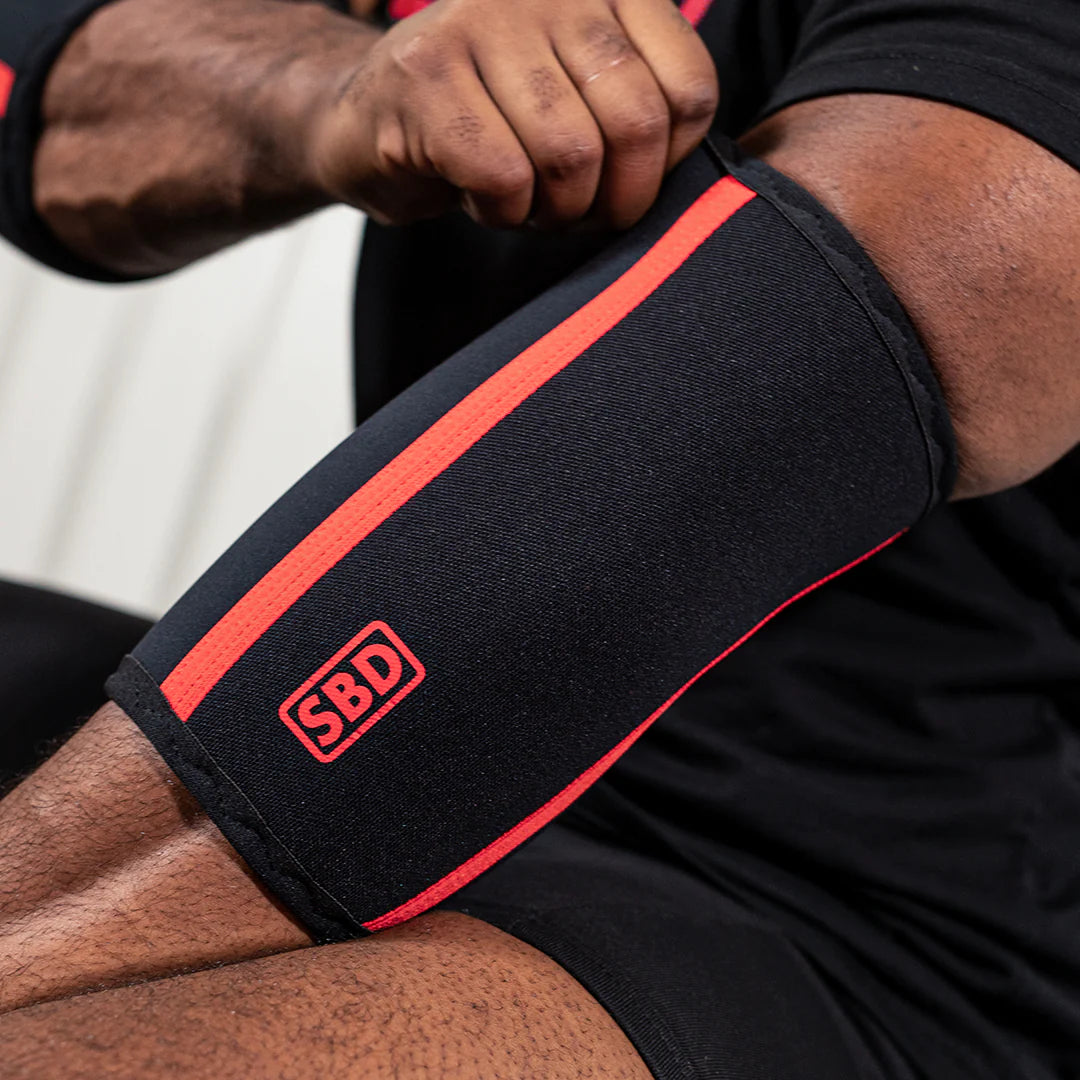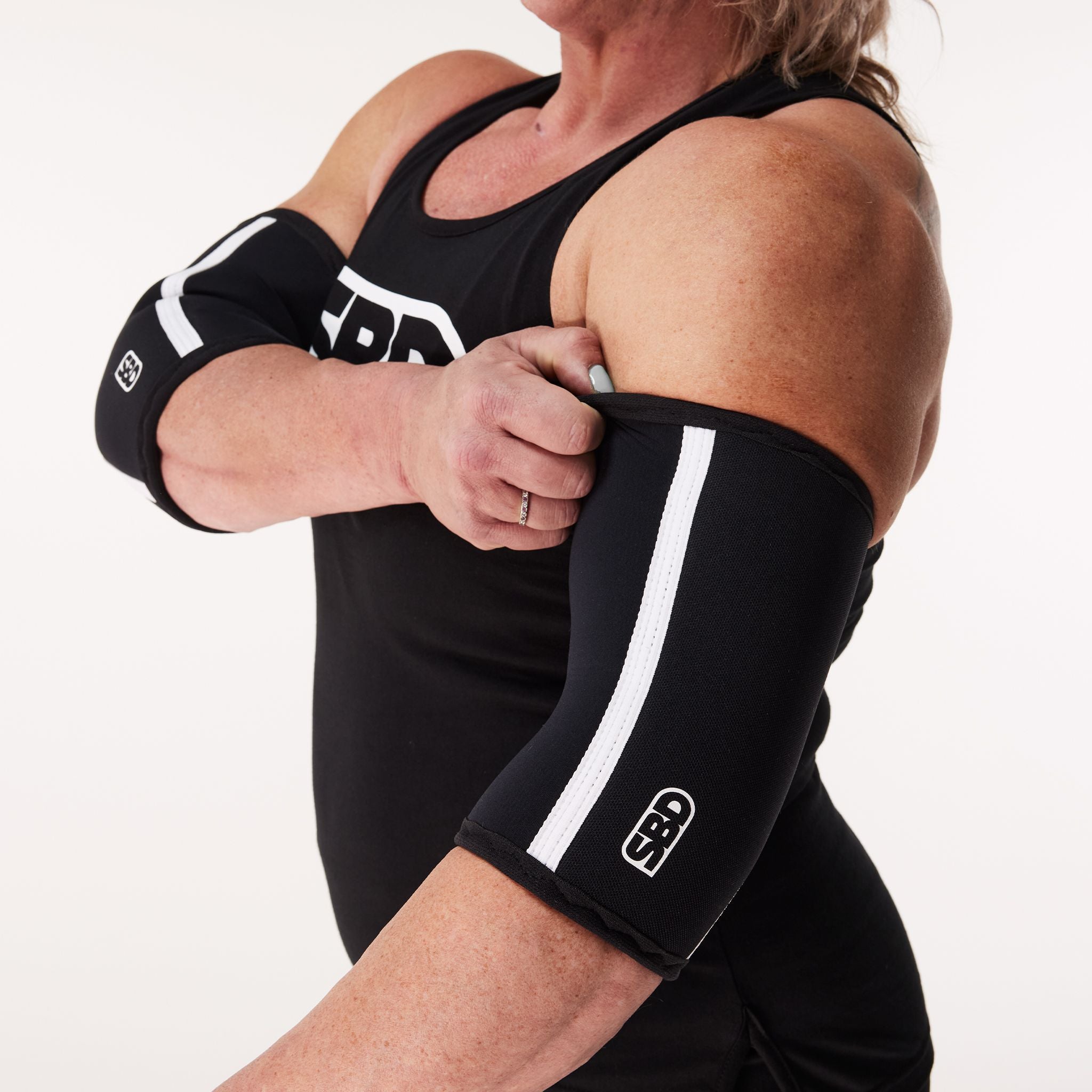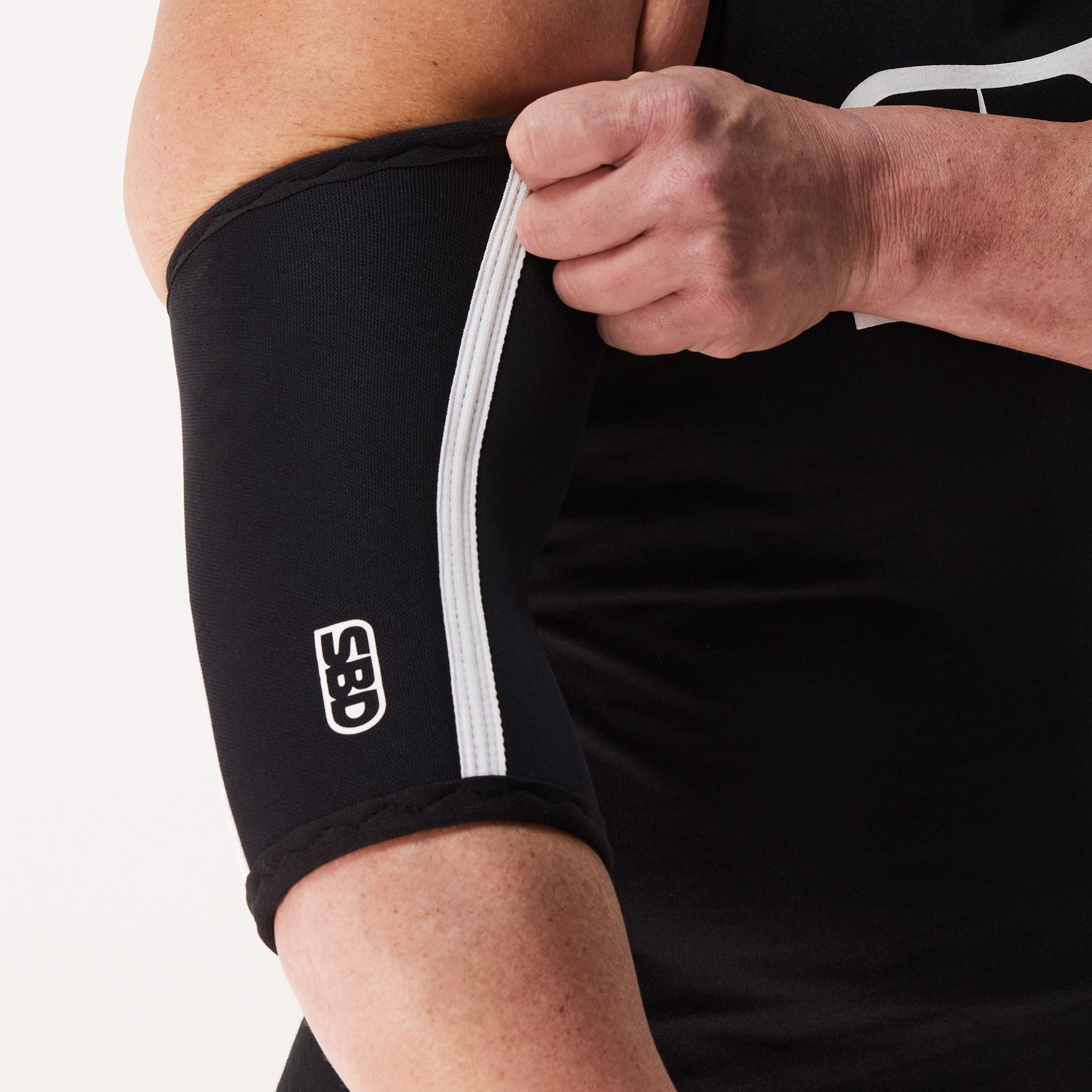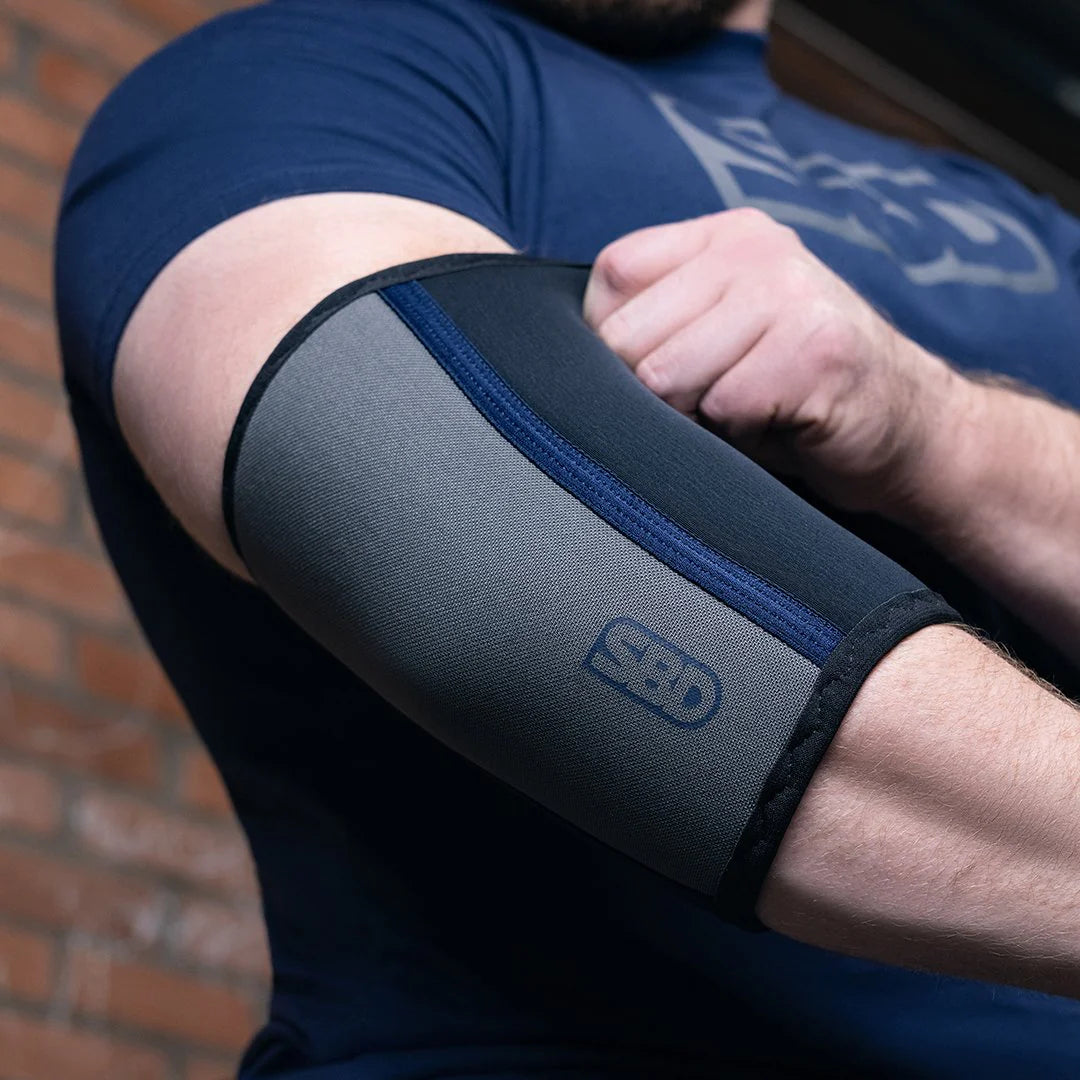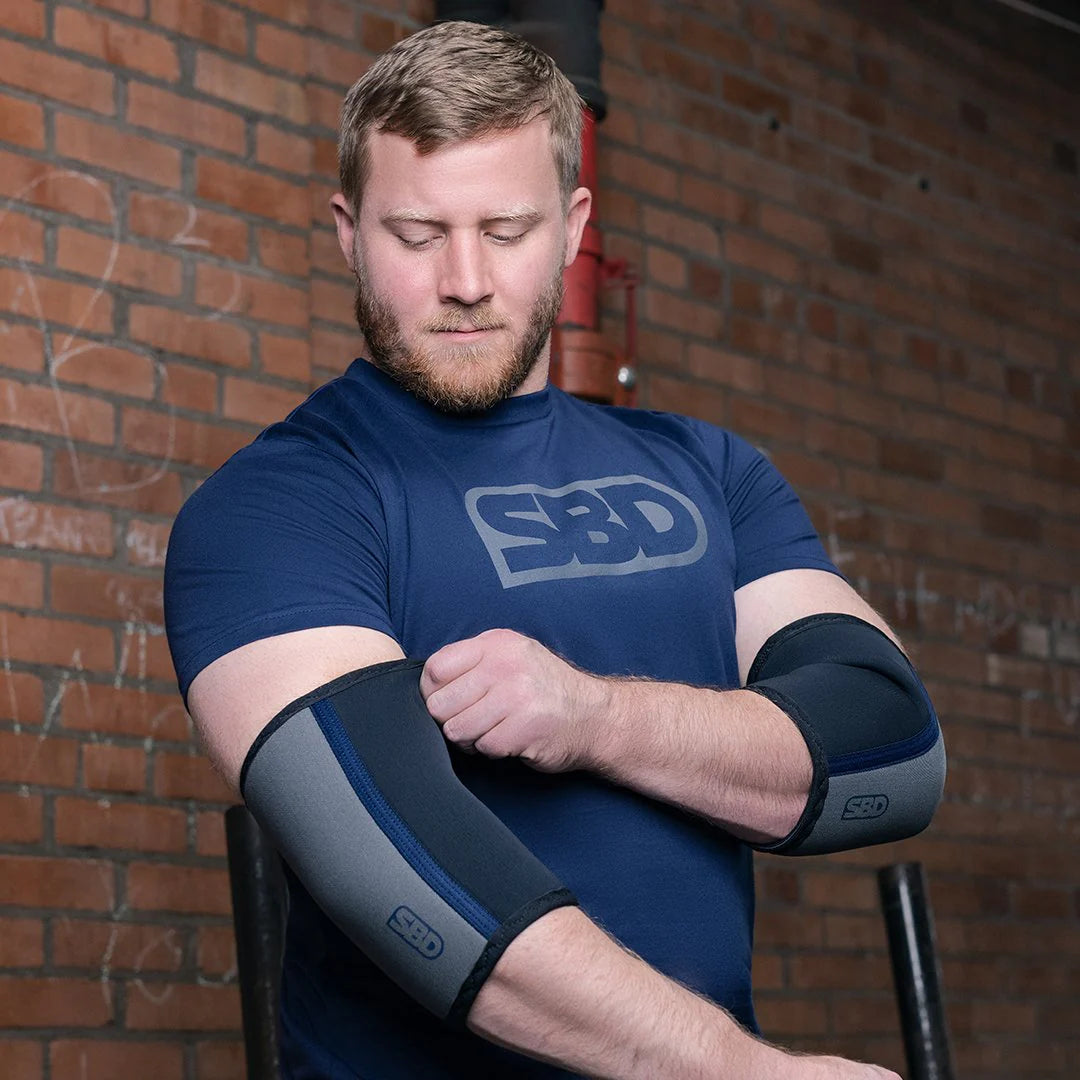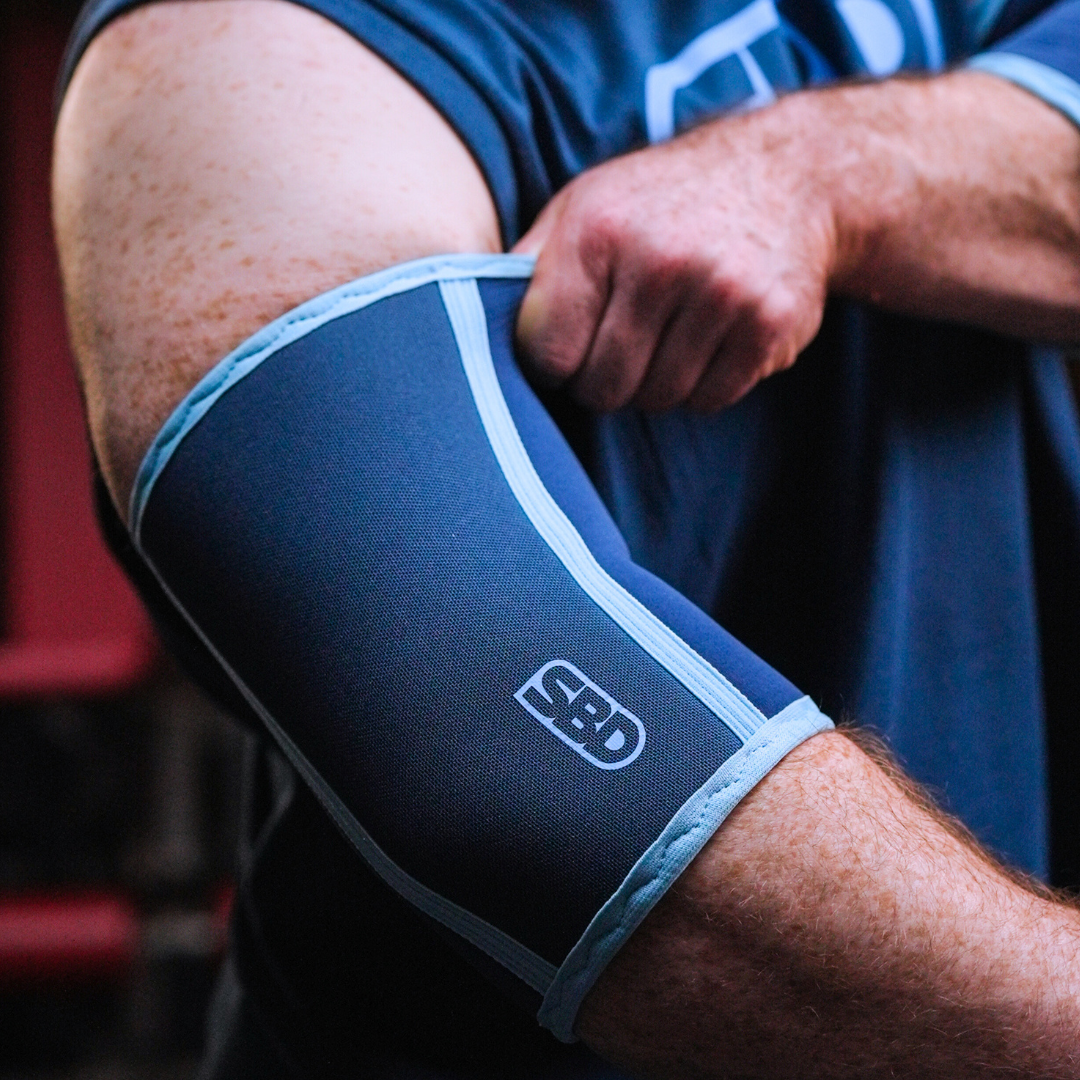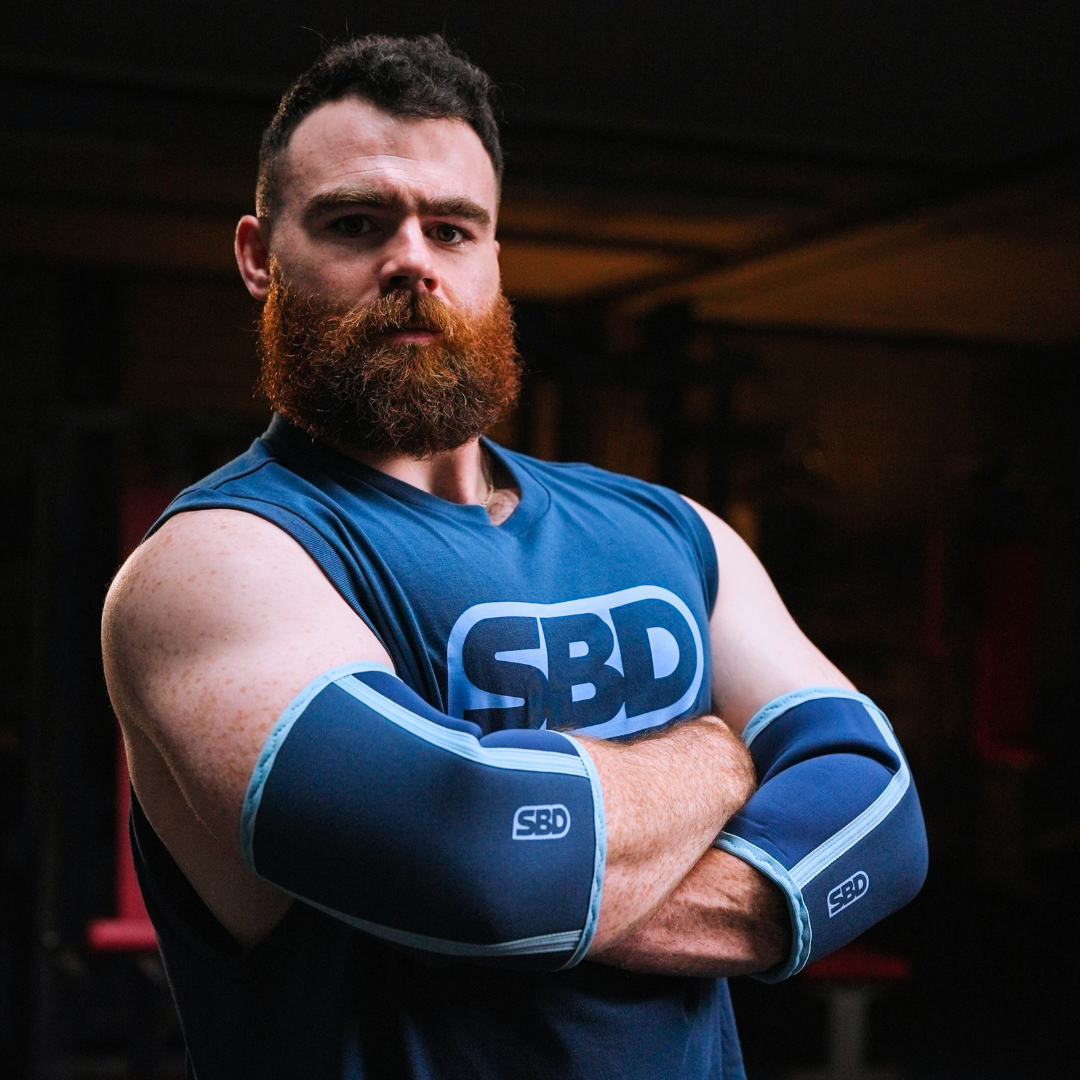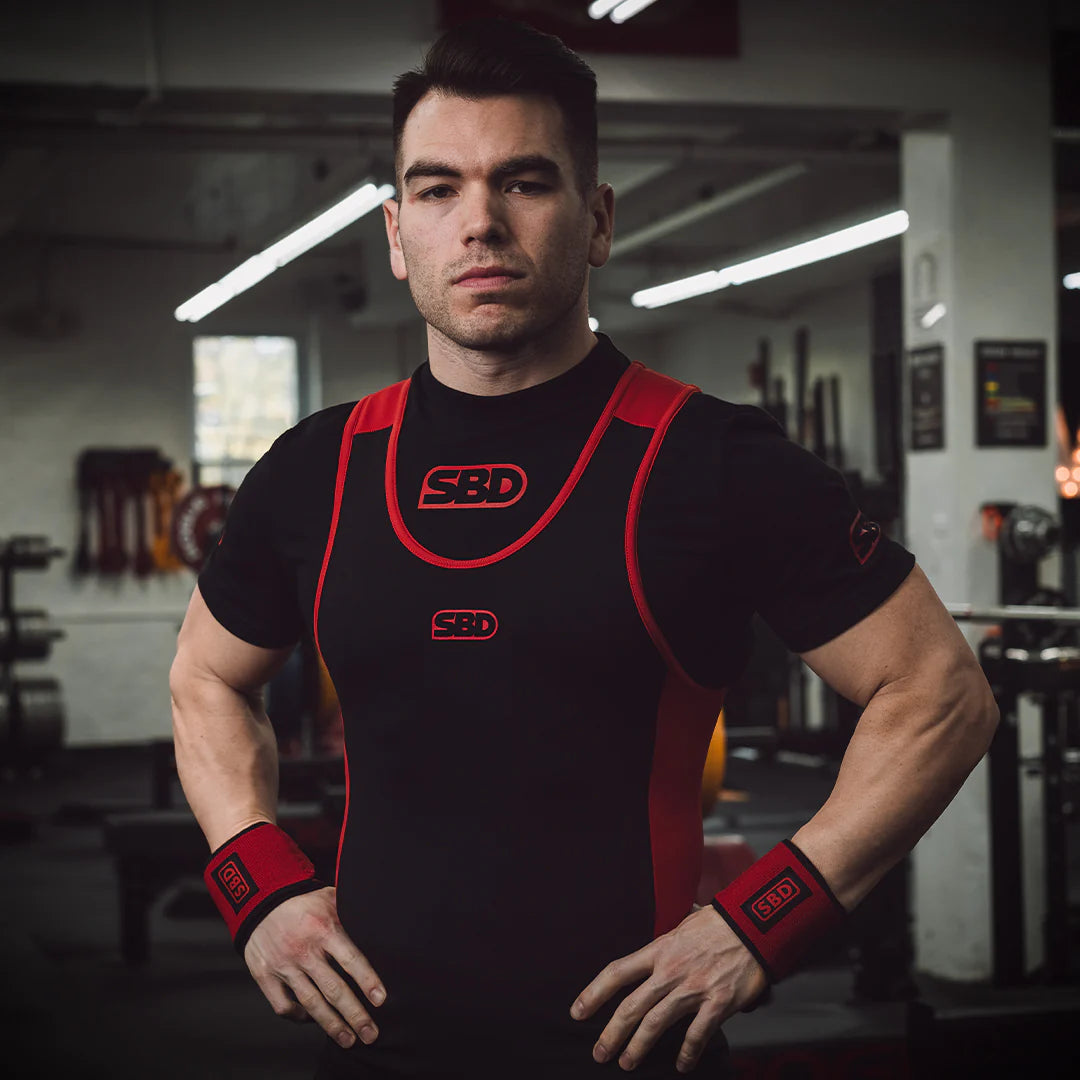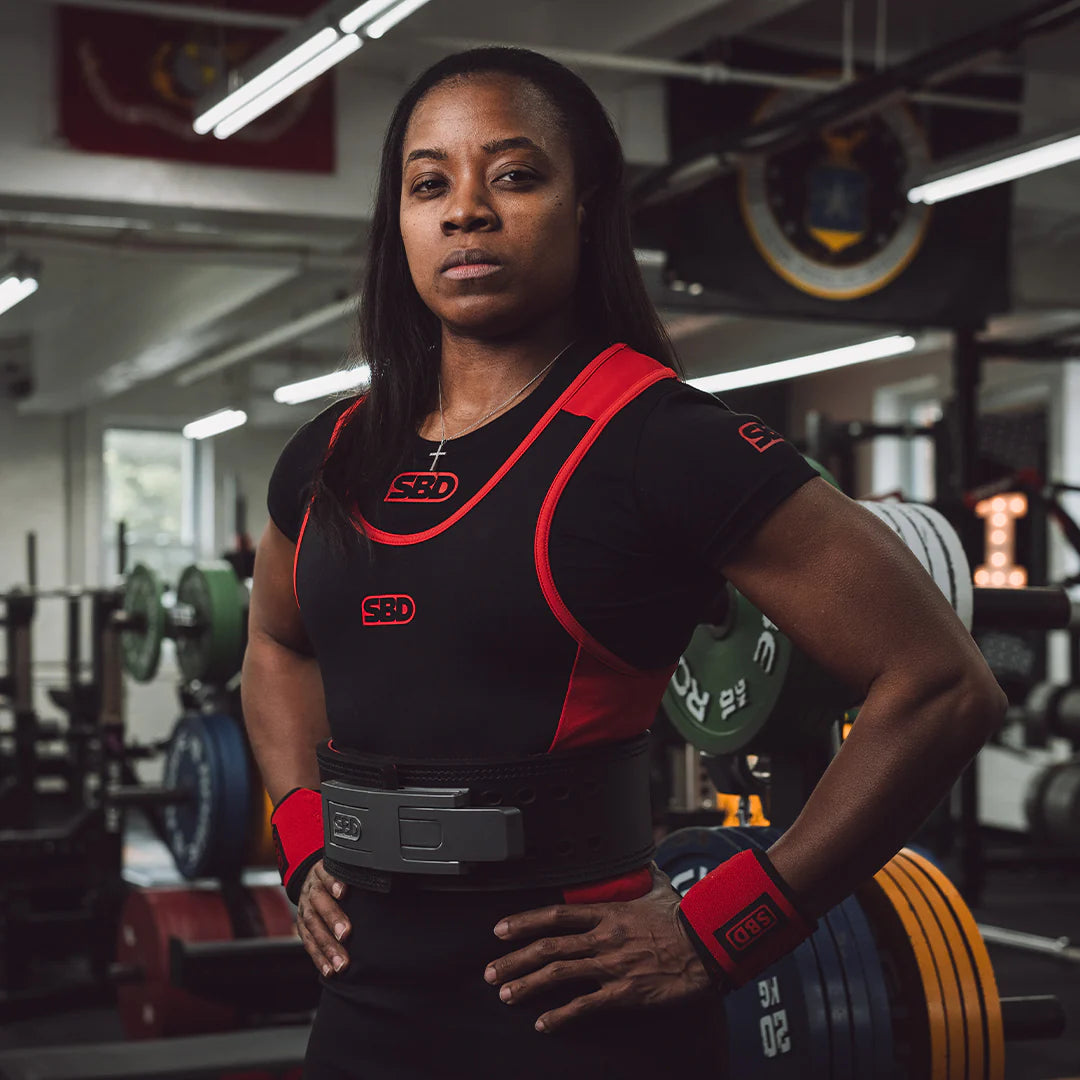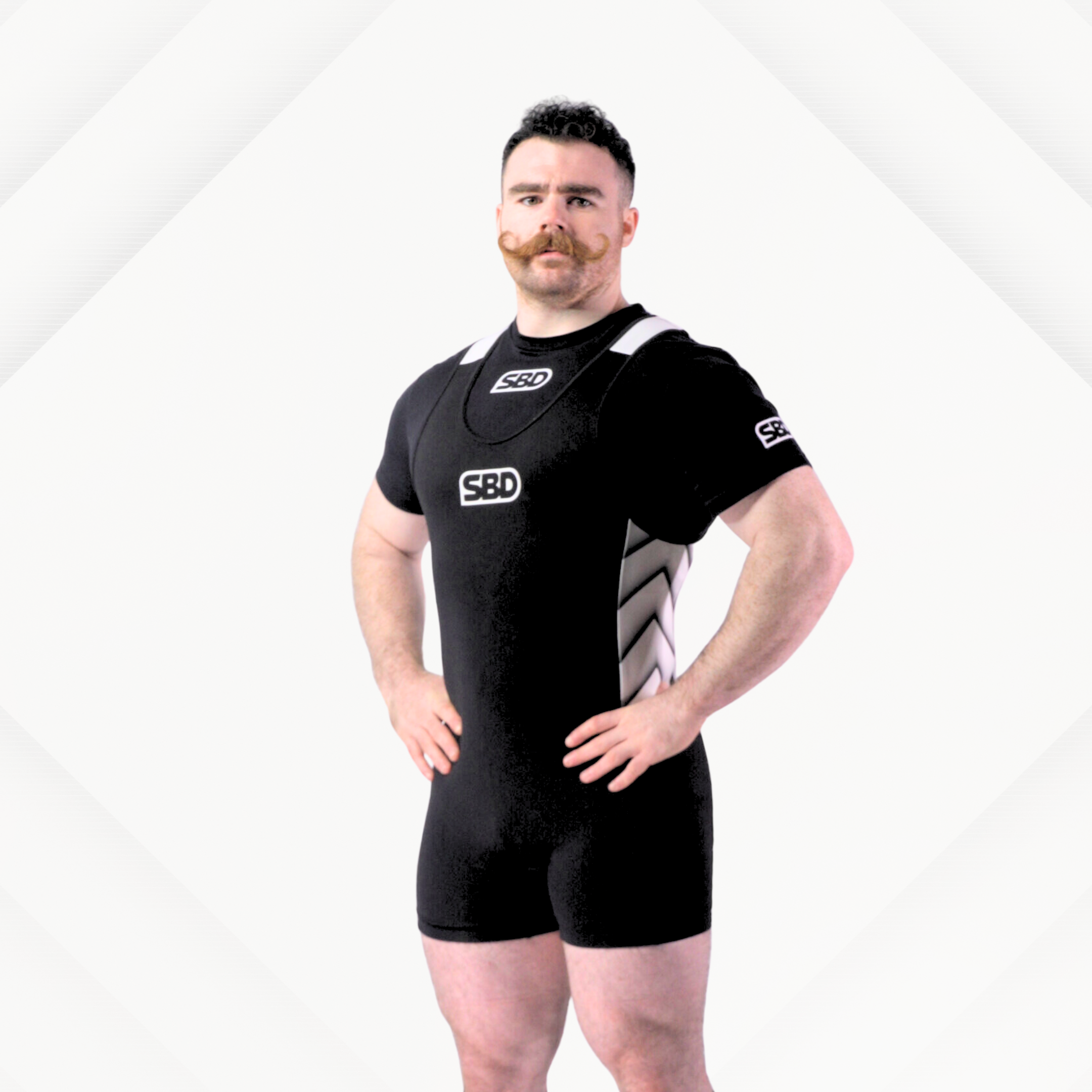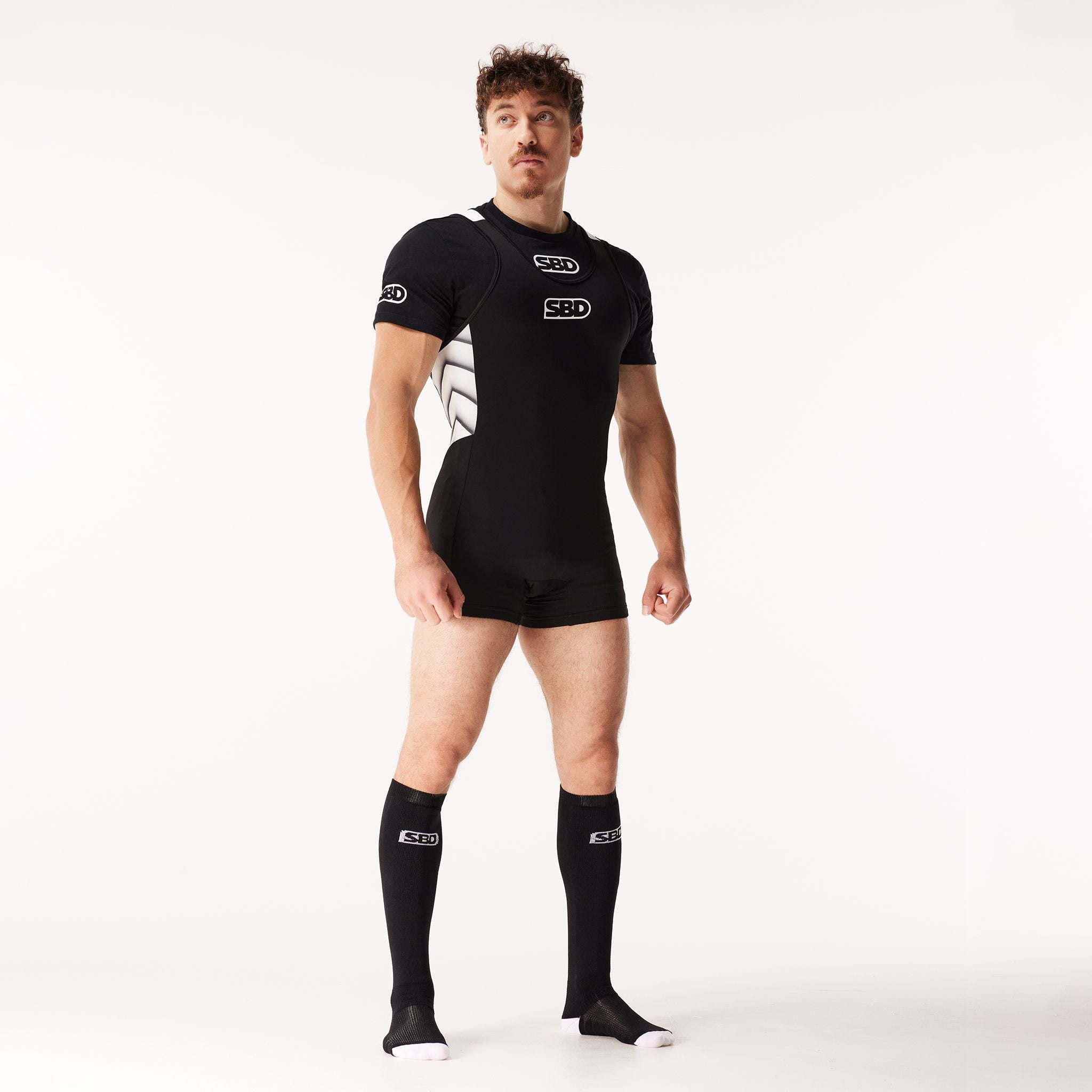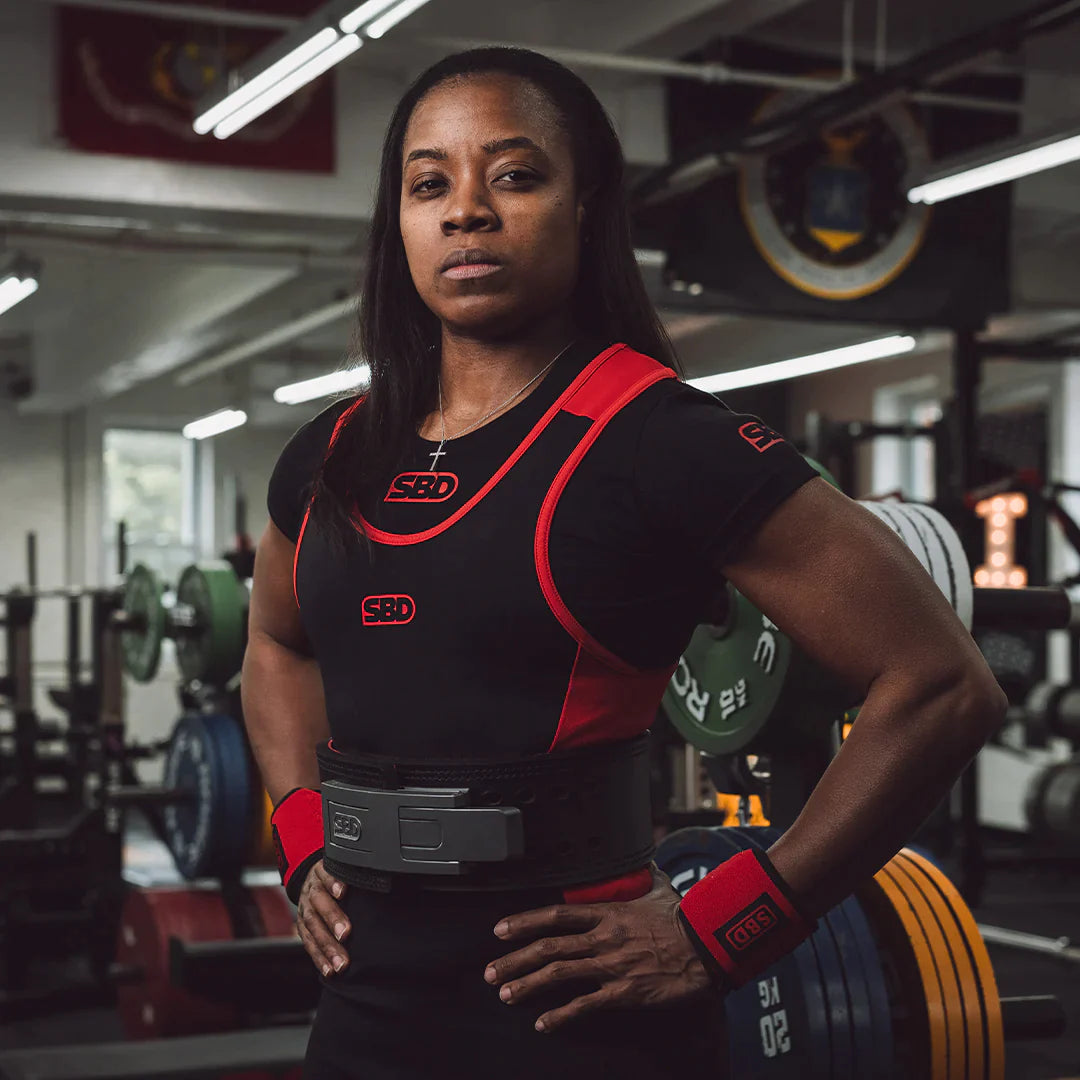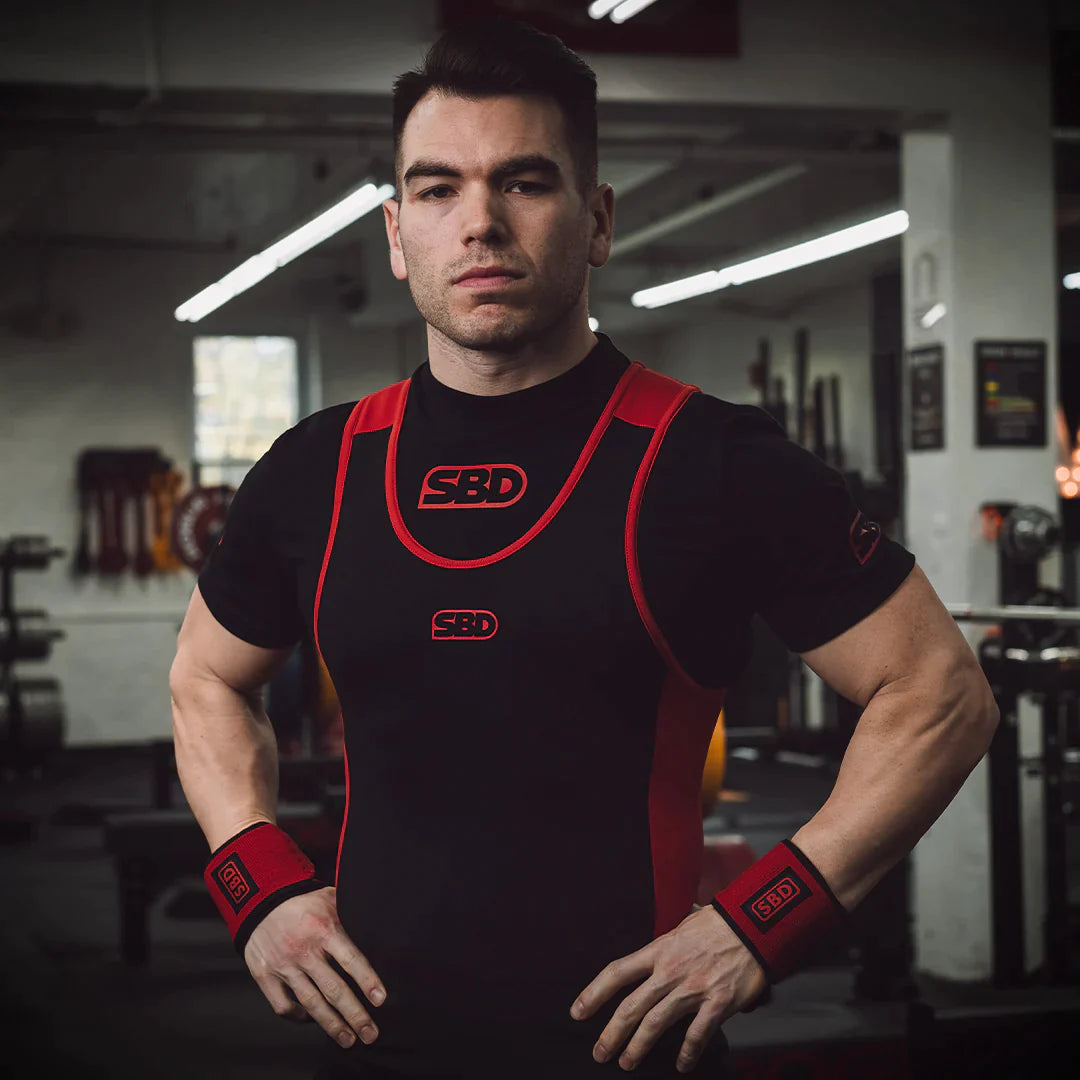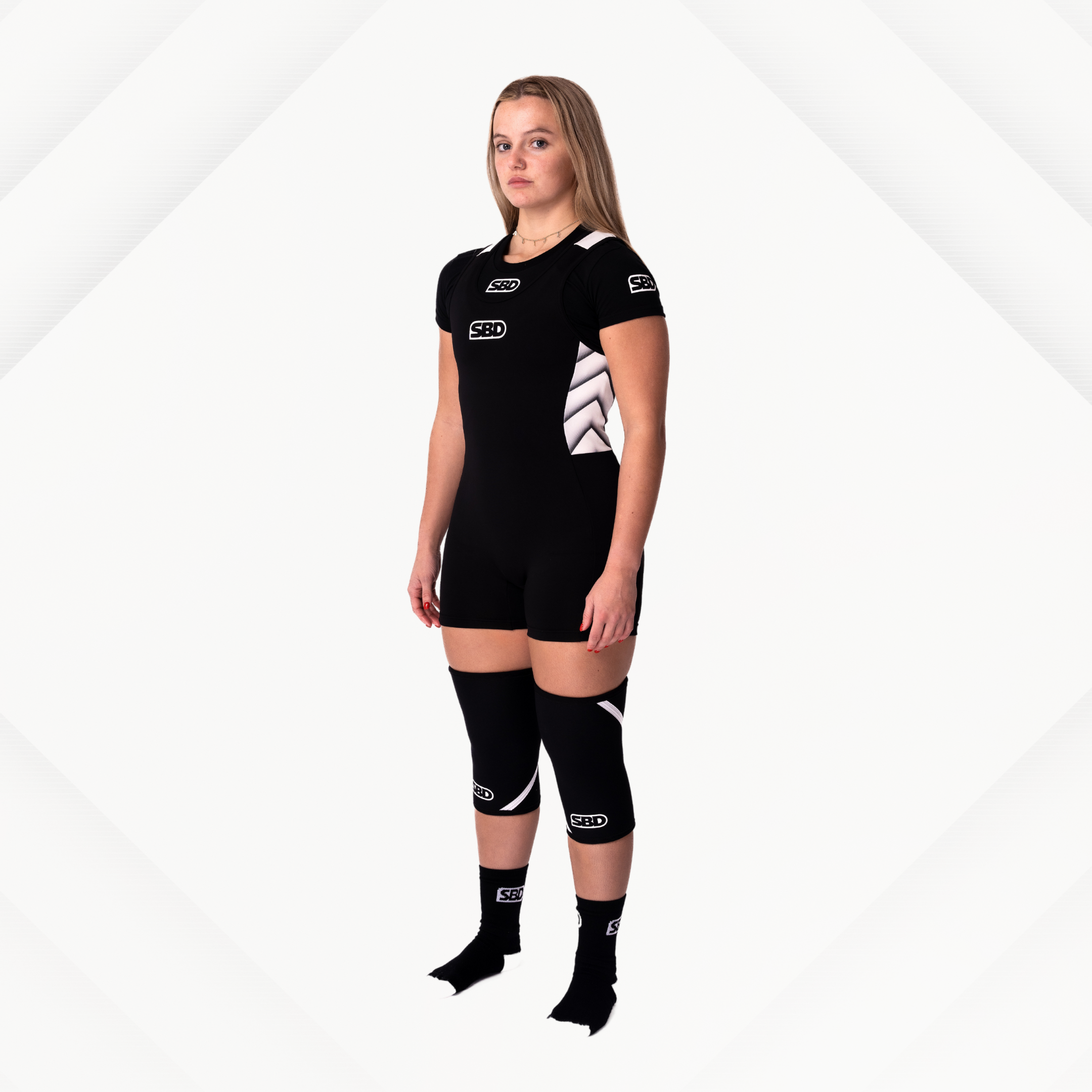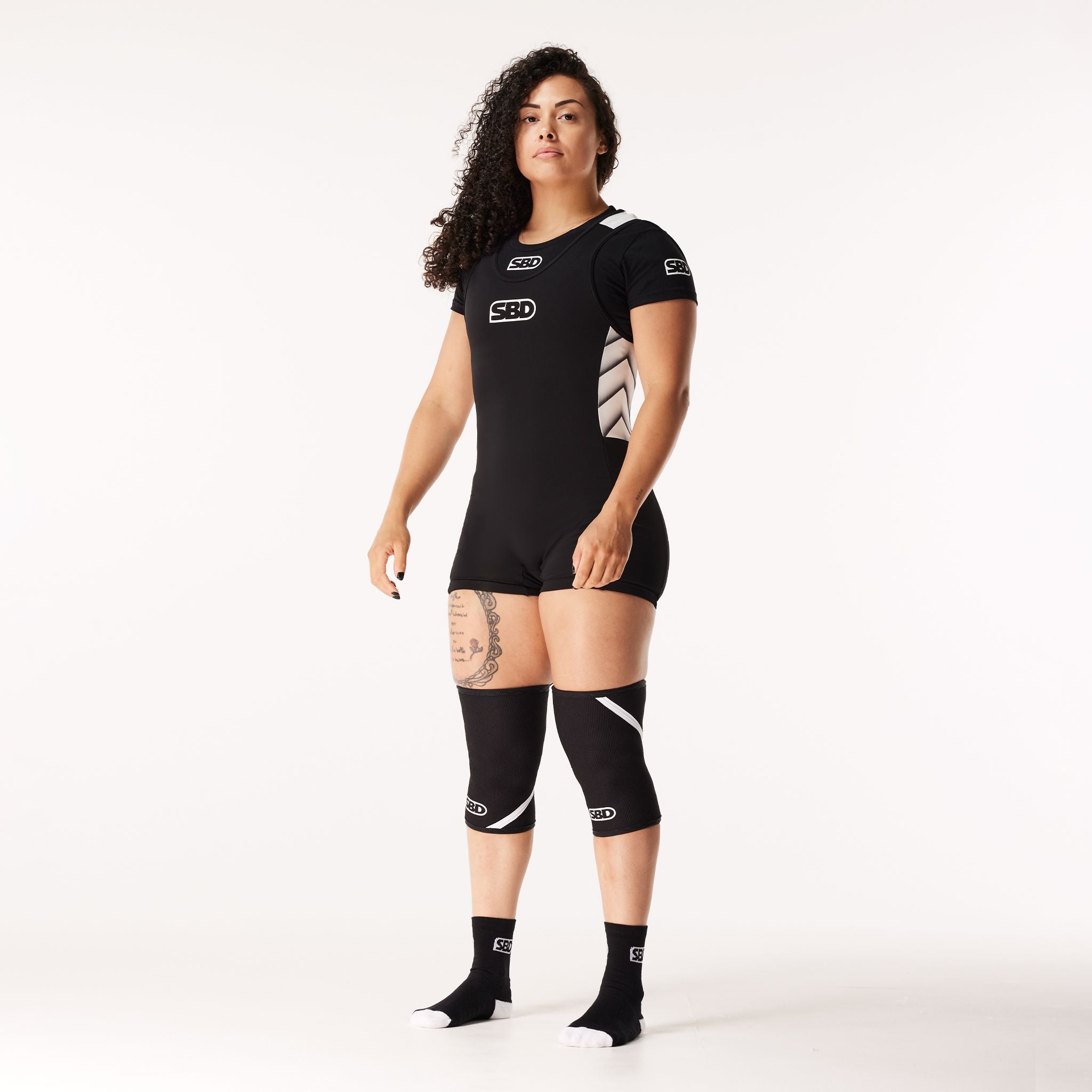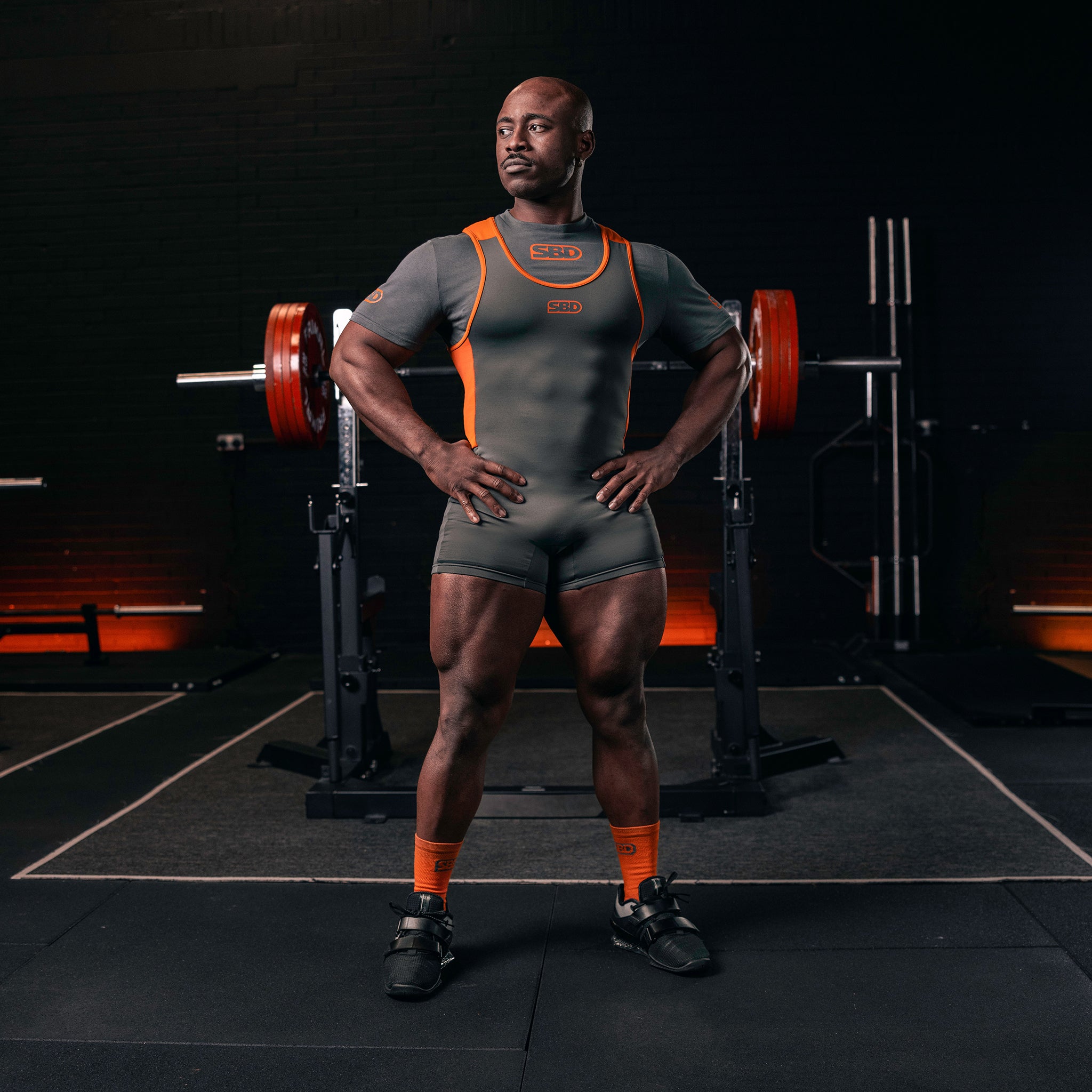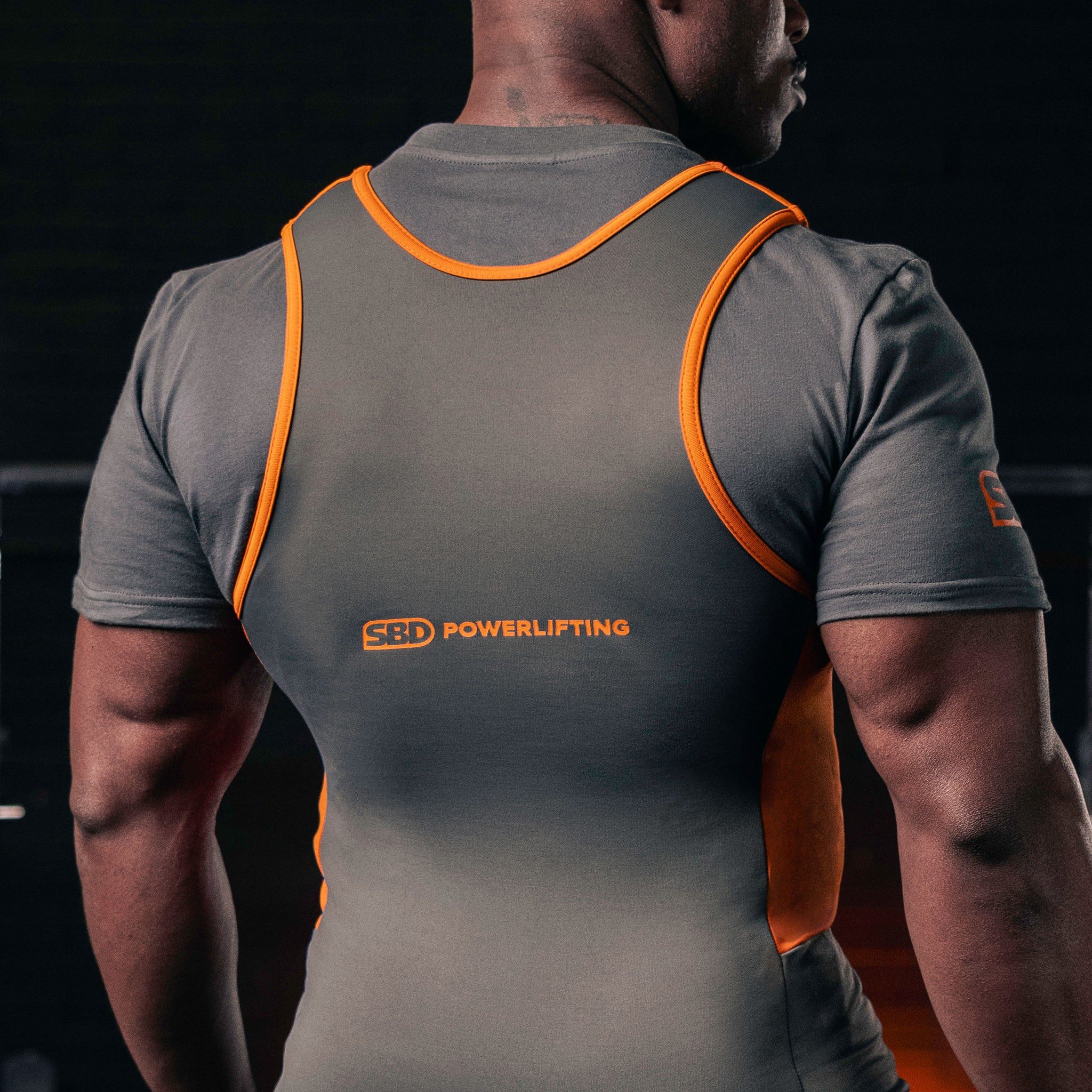If you’re lifting heavy weekly, chasing new PRs and stepping into the world of strength training, one of the most common questions you’ll hear is: how many calories should a powerlifter eat?
Getting your caloric intake right is vital—not just for performance, but for recovery, muscle growth, and staying injury‑free. Equally important is having the right support gear, and that’s where SBD Ireland’s equipment comes in. From belts to sleeves, the right kit allows you to train harder, longer and smarter.
In this blog we’ll cover:
-
The calorie guidelines for strength athletes
-
How to estimate your daily calorie needs
-
Why having high‑quality gear from SBD matters for your training
-
Key product mentions from the SBD collection
Calorie Guidelines for Strength Athletes
Strength athletes—like powerlifters—have higher energy demands compared to general fitness trainees. One study found that strength athletes may require in the region of 50‑80 kcal per kilogram of bodyweight per day during intense training phases. PMC+1
Another guideline suggests for strength/volume phases:
-
Calories in surplus when building strength/muscle
-
Maintenance or slight surplus when aiming for performance without weight gain
-
Slight deficit if cutting for a weight class, while preserving strength Pursuit Performance Club+1
For example:
If you’re 90 kg and training 4‑5 times a week with heavy loads, you might aim for:
90 kg × 50‑60 kcal = around 4,500‑5,400 kcal/day as a starting point.
Of course, individual factors (age, training volume, body composition) will alter this.
How to Estimate Your Calorie Needs
-
Calculate maintenance (TDEE) – Using your current weight, activity level, training volume.
-
Decide on your goal – Are you focusing on strength maintenance, muscle gain, or cutting?
-
For muscle/strength gain: small surplus (+5‑15%) themovementsystem.com
-
For maintenance performance: stay near TDEE
-
For cutting while maintaining strength: slight deficit, keeping protein high powerliftingtowin.com
-
-
Adjust based on progress – Track lifts, body weight, recovery. If you’re stalling strength, you may need more calories.
-
Match macros – Protein often 1.6‑2.2 g/kg bodyweight for strength athletes. Carbs & fats fill the rest. PMC+1
Why Your Equipment Matters: SBD Support Matters
Training hard requires the right gear. When you’re eating enough to fuel those calories and training heavy, you want equipment that helps you move safely and consistently.
Consider:
-
A high‑quality belt helps you brace under heavy loads, increasing your lifting capacity and protecting your core.
-
Consistent training sessions enabled by durable gear means you get the most from your nutritional strategy.
At SBD Ireland, the lifting belts collection offers premium hardware built for serious lifters in Ireland and beyond.
Product Highlights
-
SBD Forge Belt 13mm (Grey/Black) — Maximum rigidity, ideal for heavy strength phases when you’re eating for gain and lifting big.
-
SBD Belt 10mm — Slightly slimmer profile, excellent for higher volume phases or when your calorie intake supports more training density.
-
SBD Forge Belt 10mm (Grey/Black) — A versatile option, blending performance and comfort, helpful when you’re training hard and recovering from big sessions.
Putting It All Together
If you’re a powerlifter training optimally and aiming for strength gains:
-
Estimate your calories based on bodyweight and training intensity.
-
Ensure you’re in a slight caloric surplus if building, or at maintenance if focusing purely on strength without weight gain.
-
Prioritise protein, carbs for energy and fats for hormonal support.
-
Train consistently, use your sessions to progress, and ensure you recover.
-
Equip yourself with reliable gear (e.g., from SBD) so your body and joints can handle the load.
Final Thoughts
So, how many calories should a powerlifter eat? The short answer: more than the average adult, and aligned with your training goal. Whether you're building strength, adding muscle, or maintaining your performance, aim for ~50–80 kcal/kg/day as a guideline, adjust from there, and match your macros accordingly.
And don’t forget—your training and your gear matter just as much as what’s on your plate. With premium support from SBD Ireland—belts designed for serious lifting—you’re better positioned to make your nutrition count and lift smarter, harder, and stronger.




